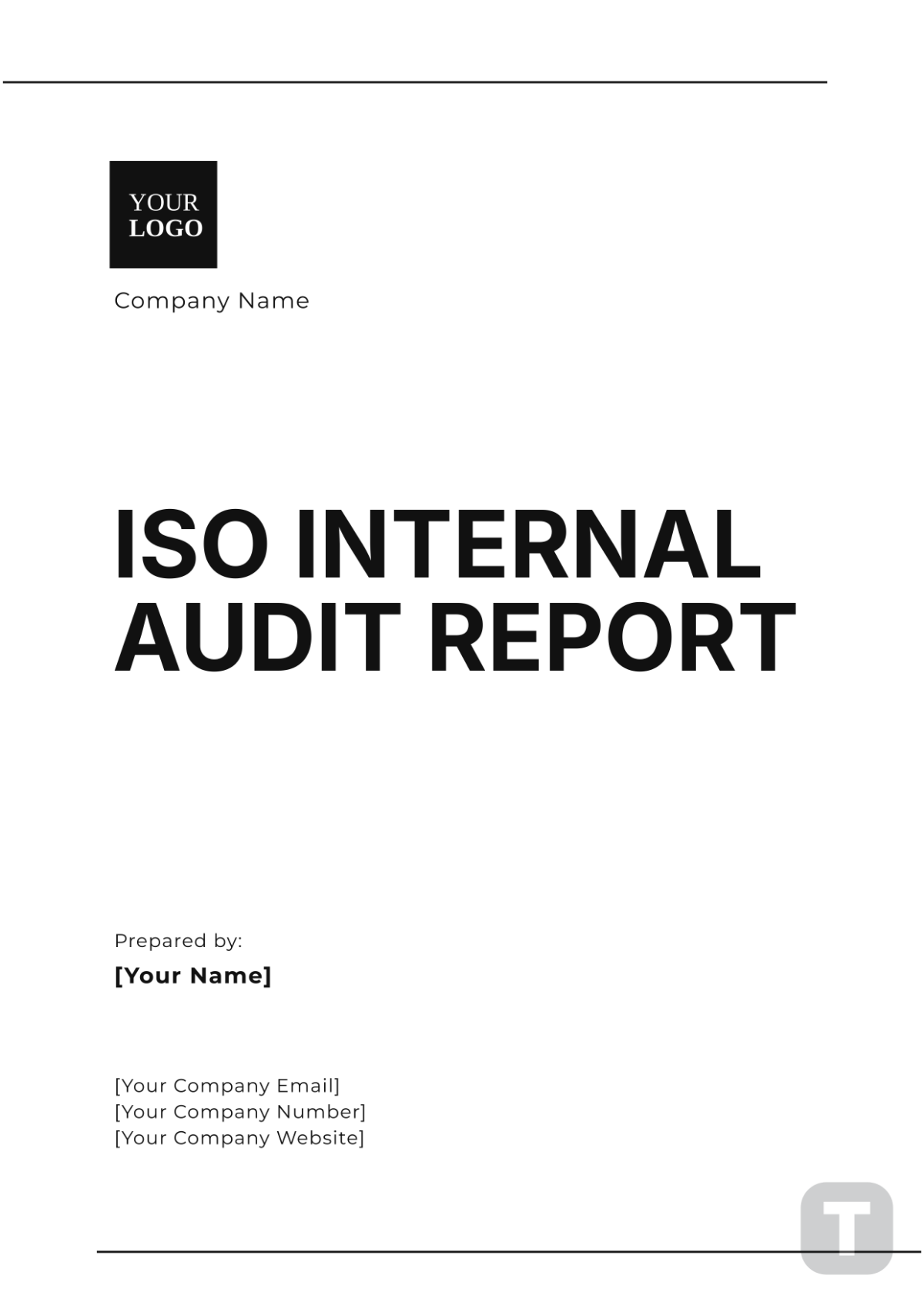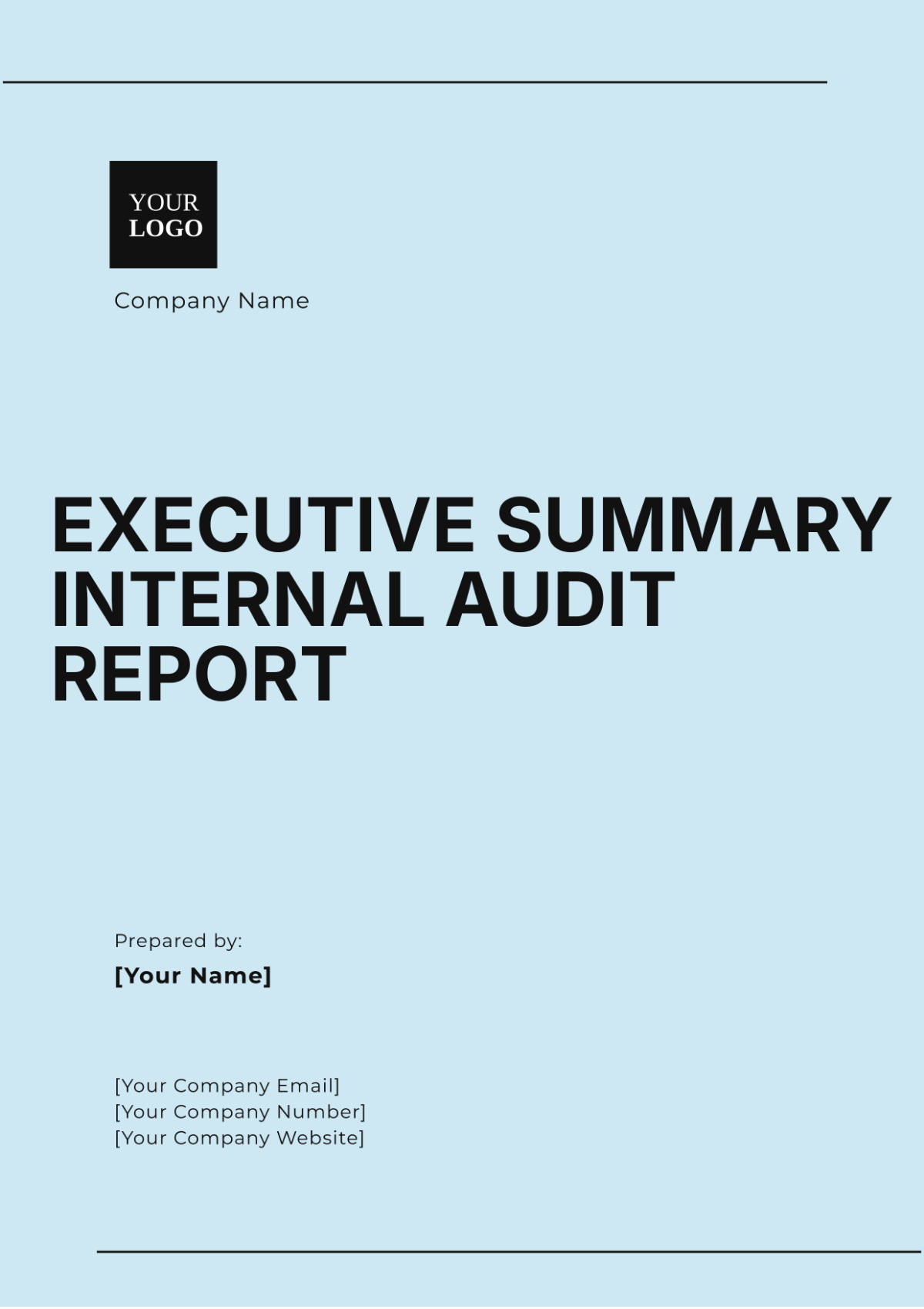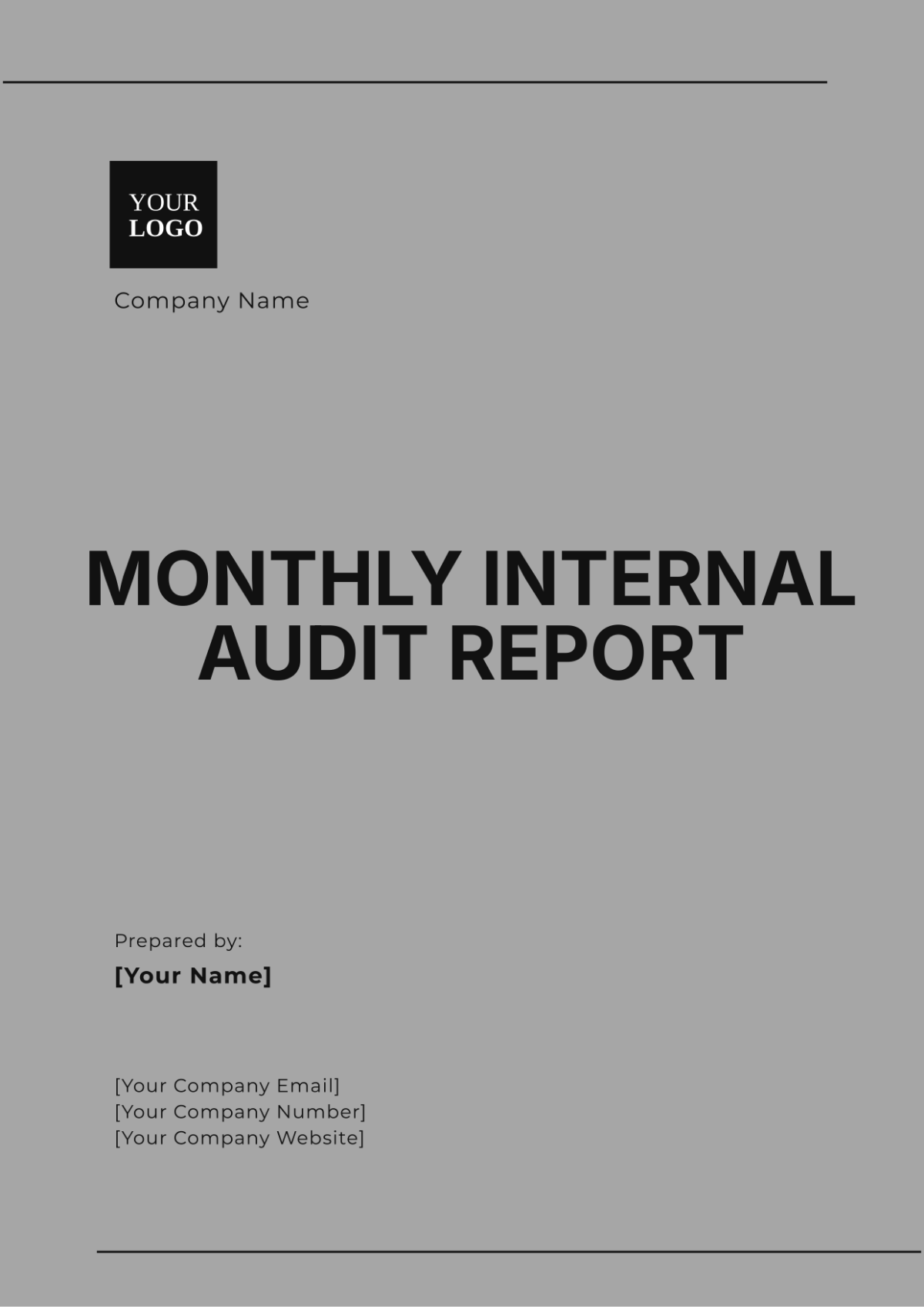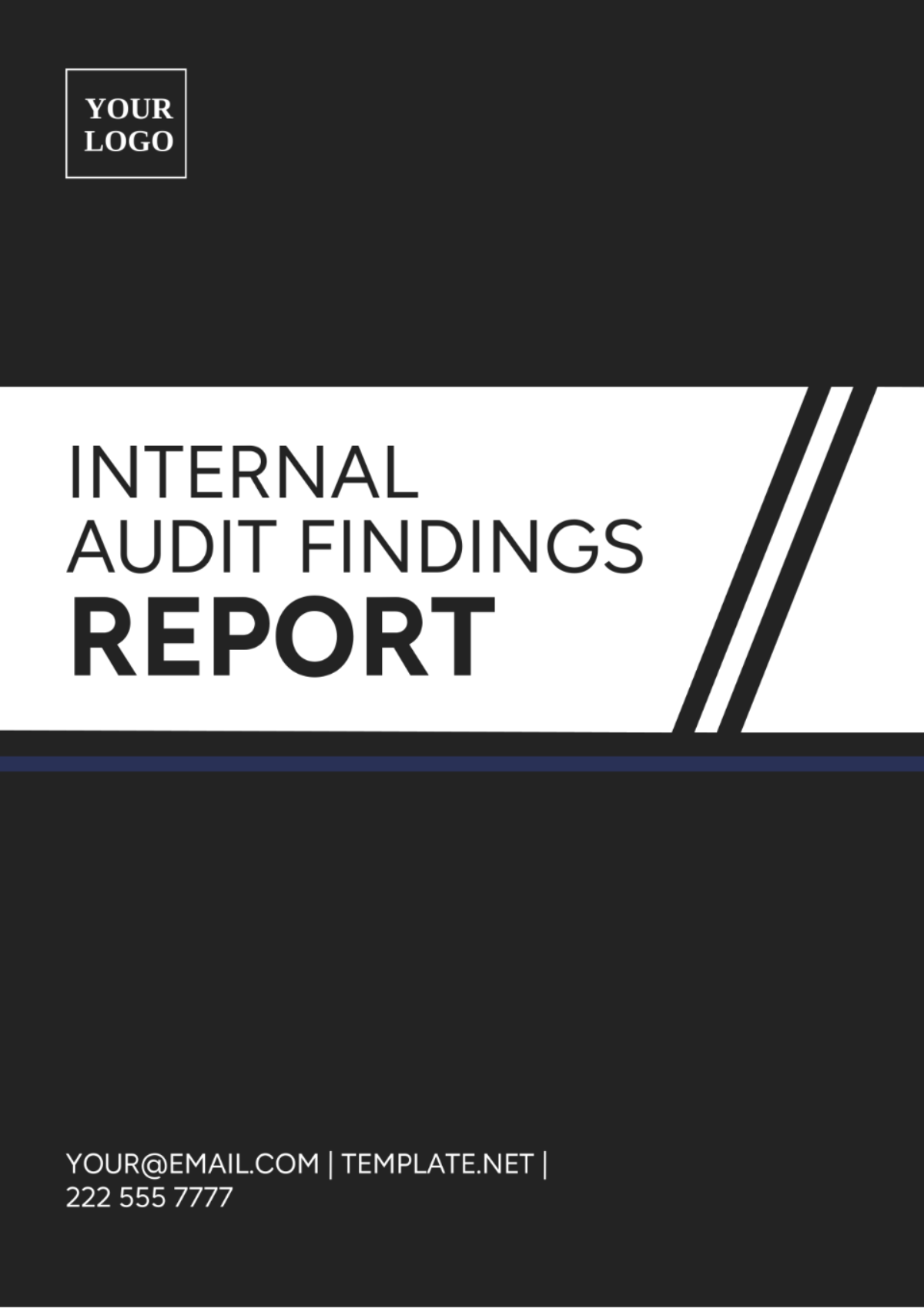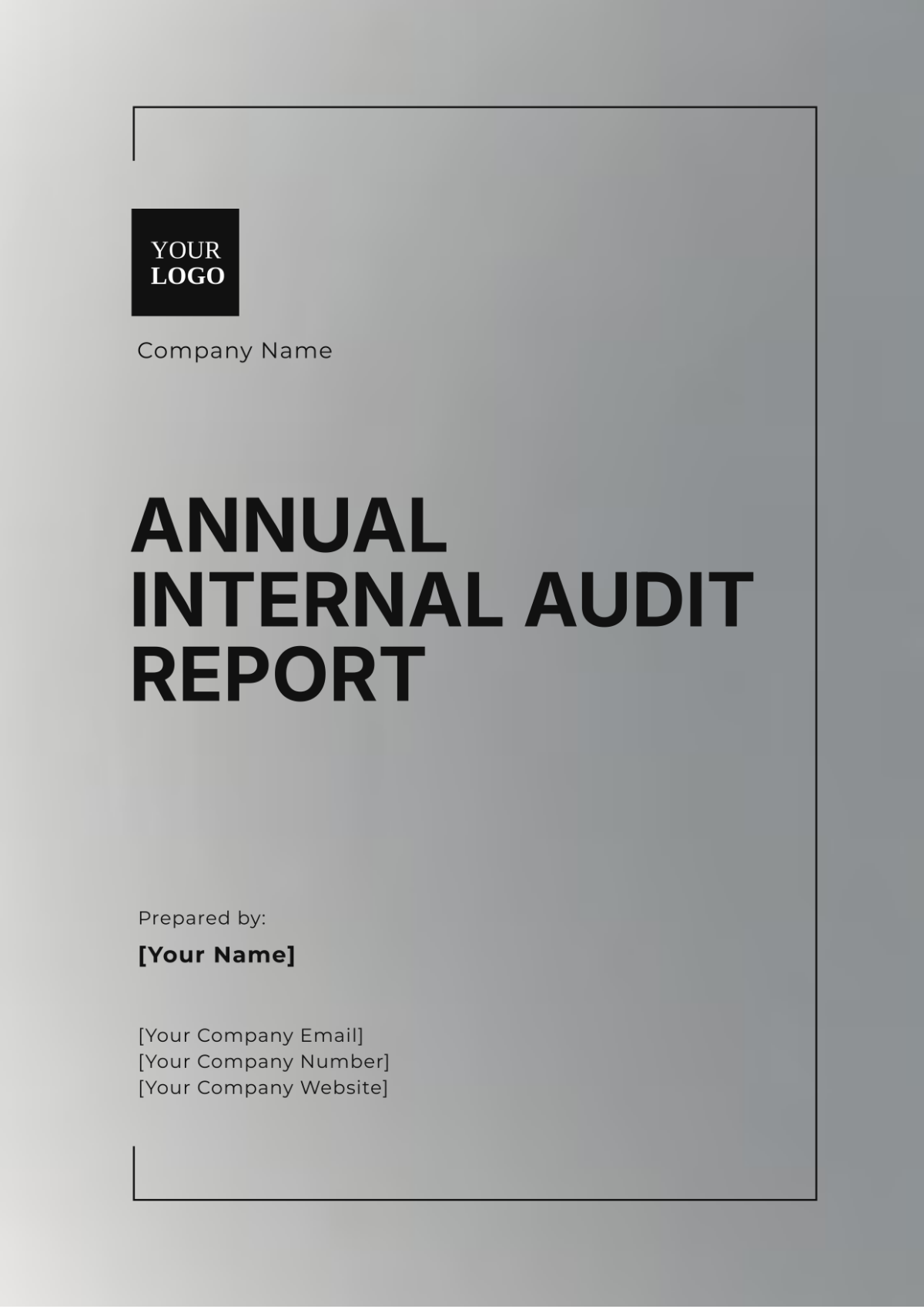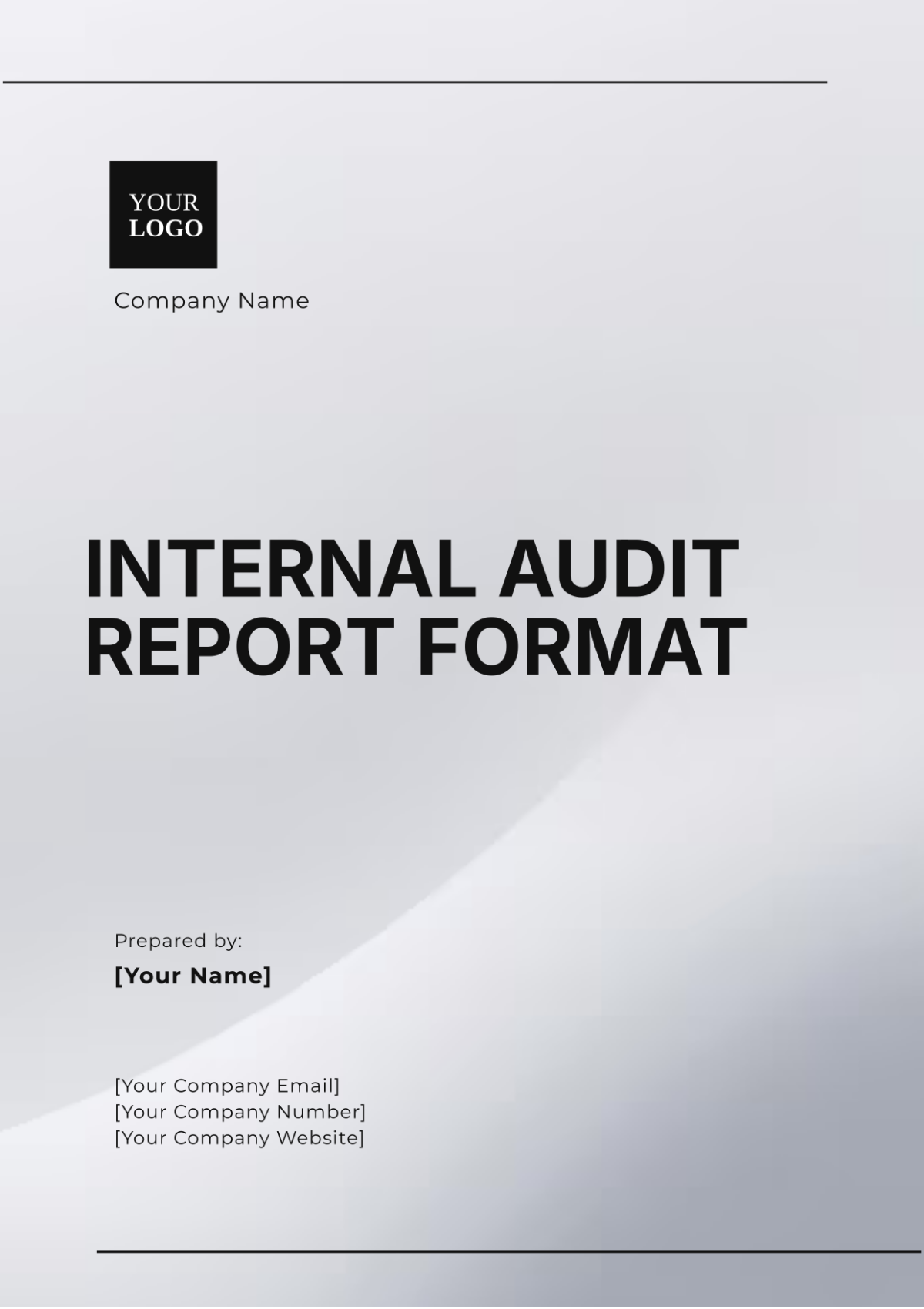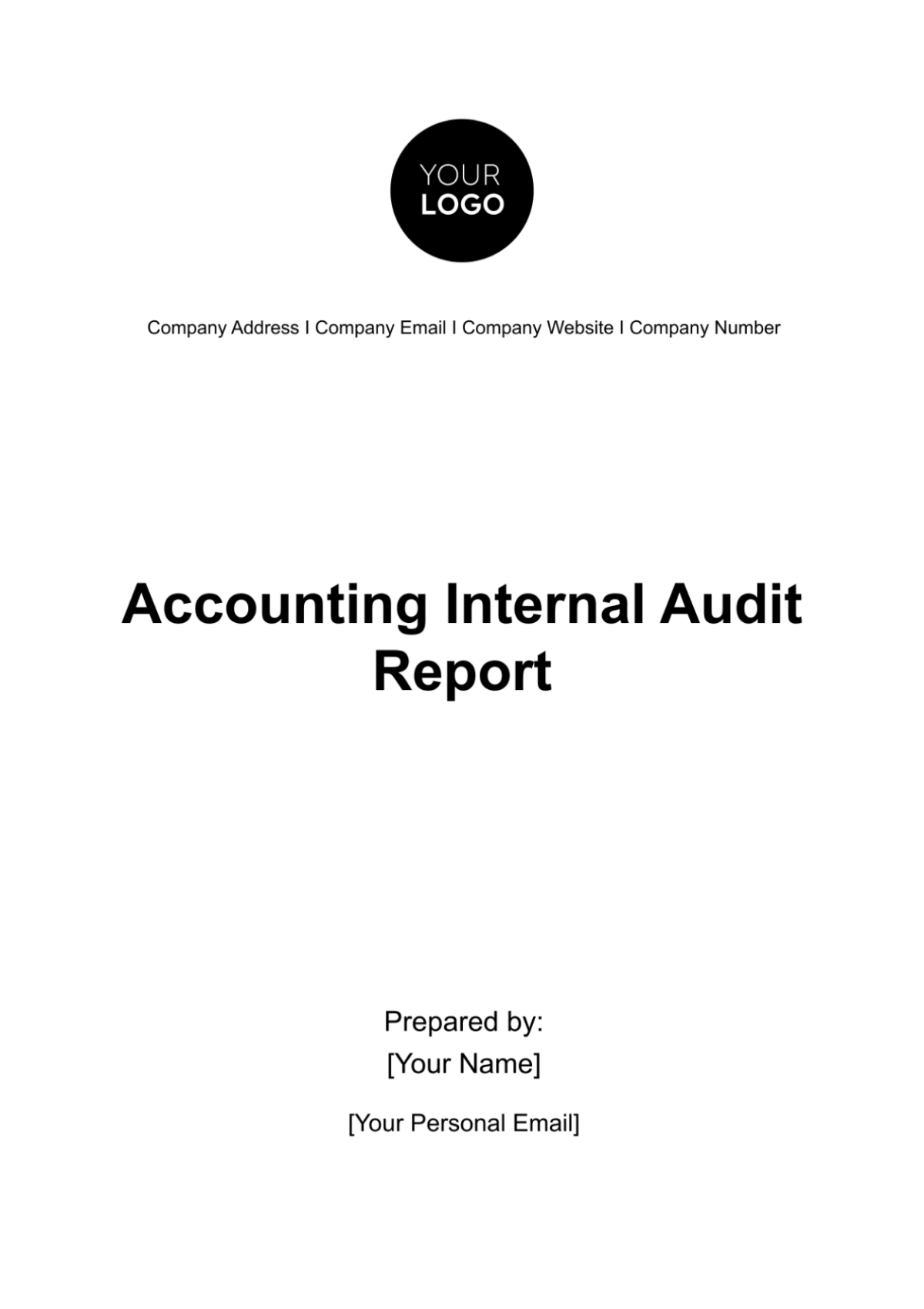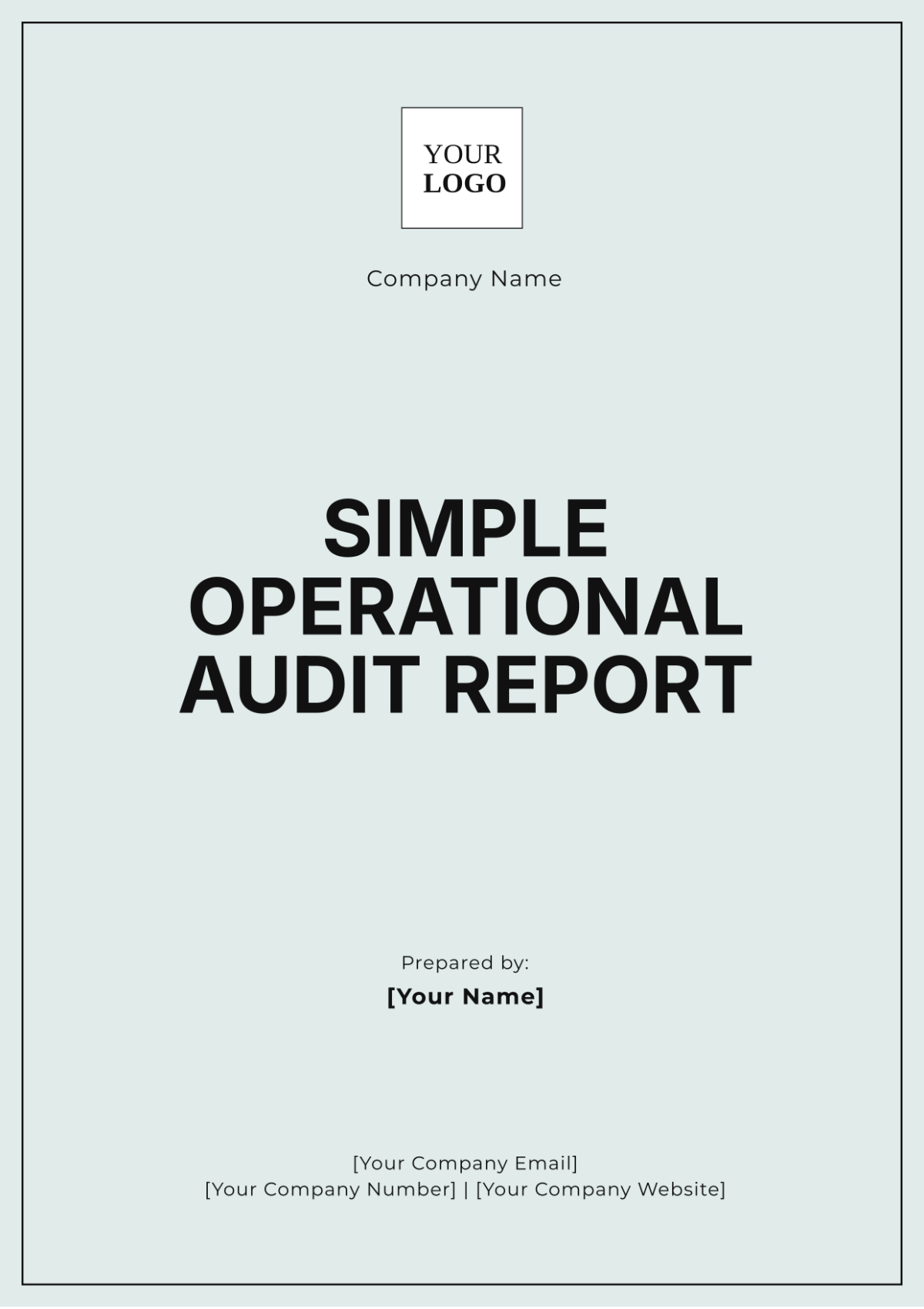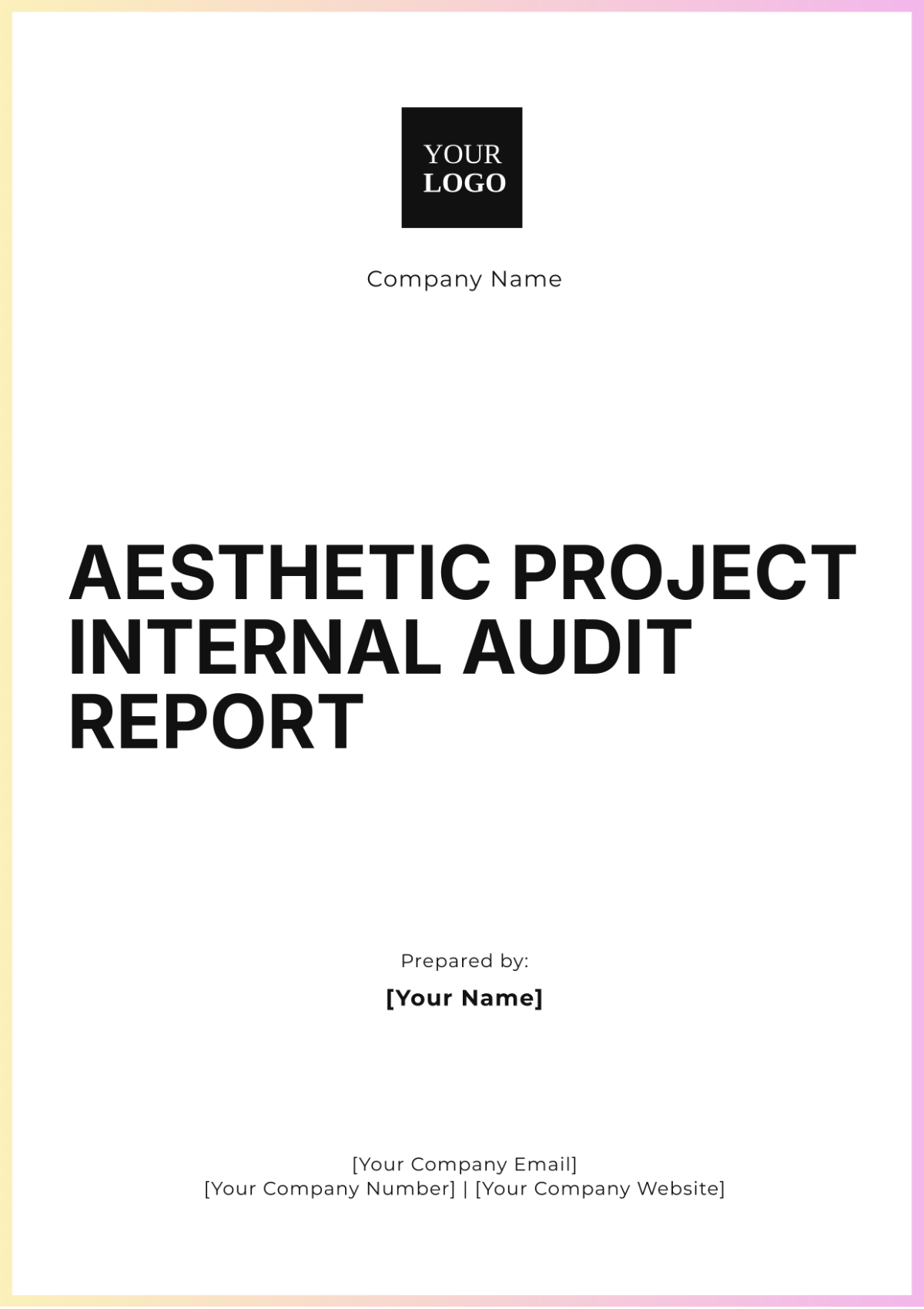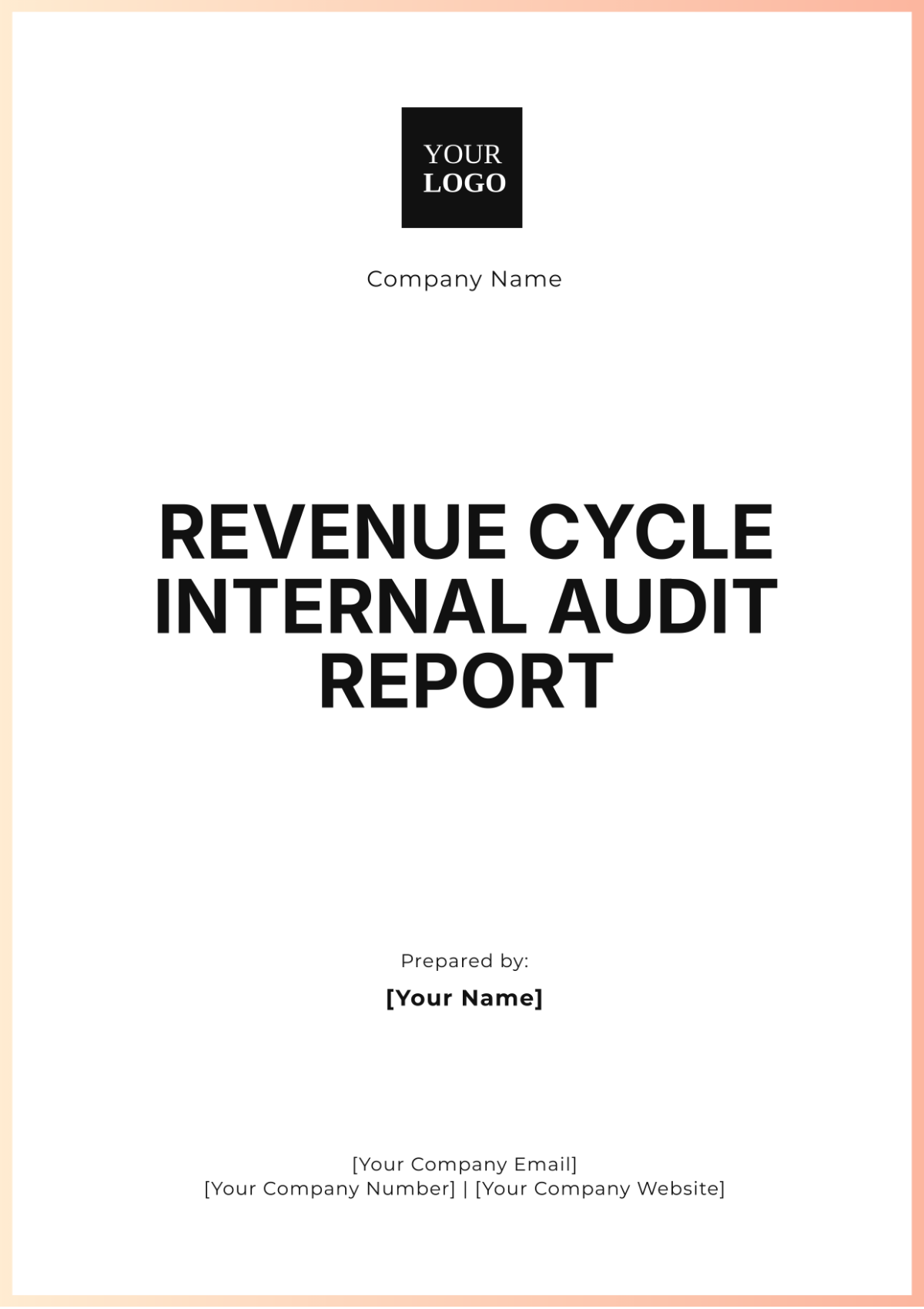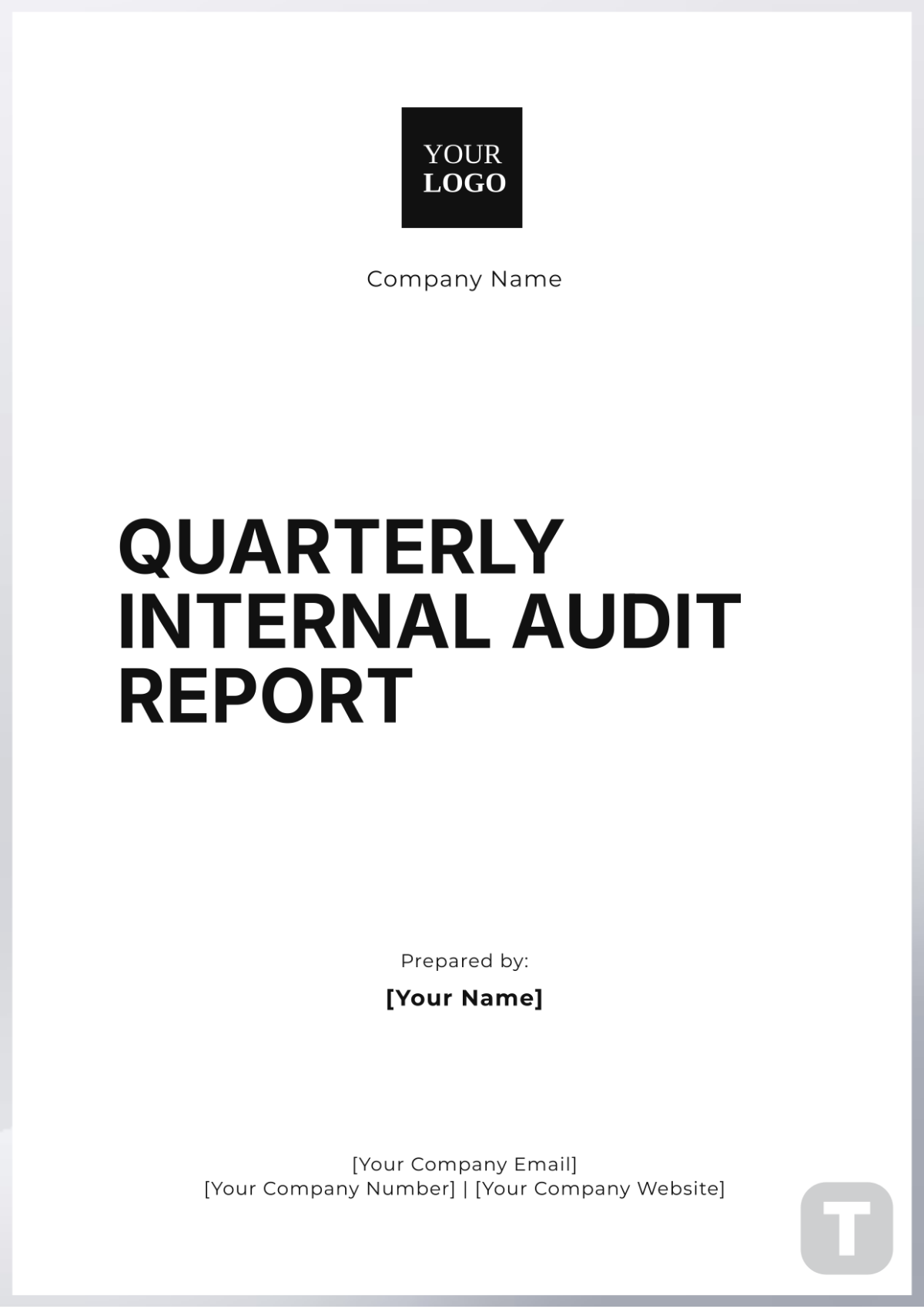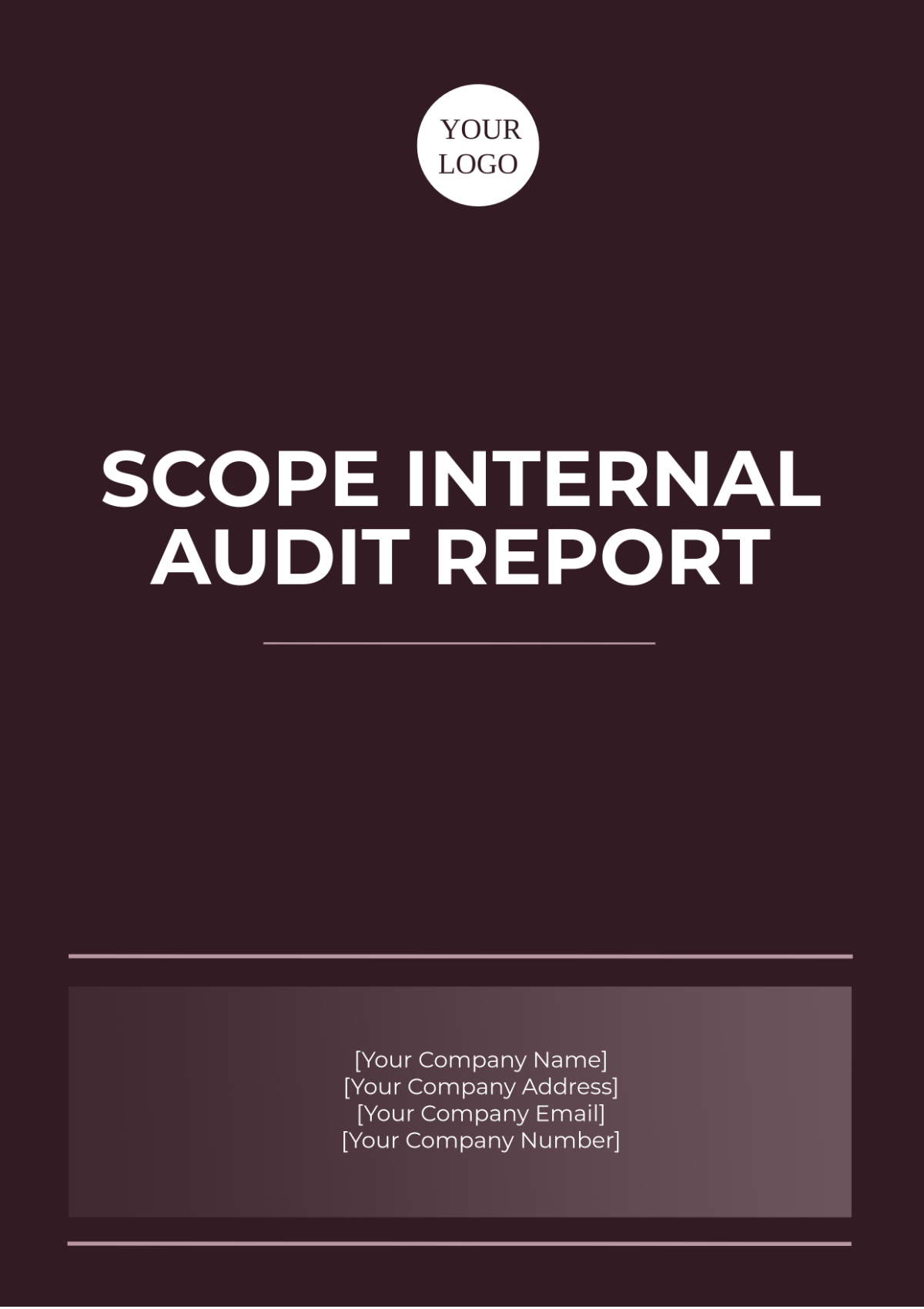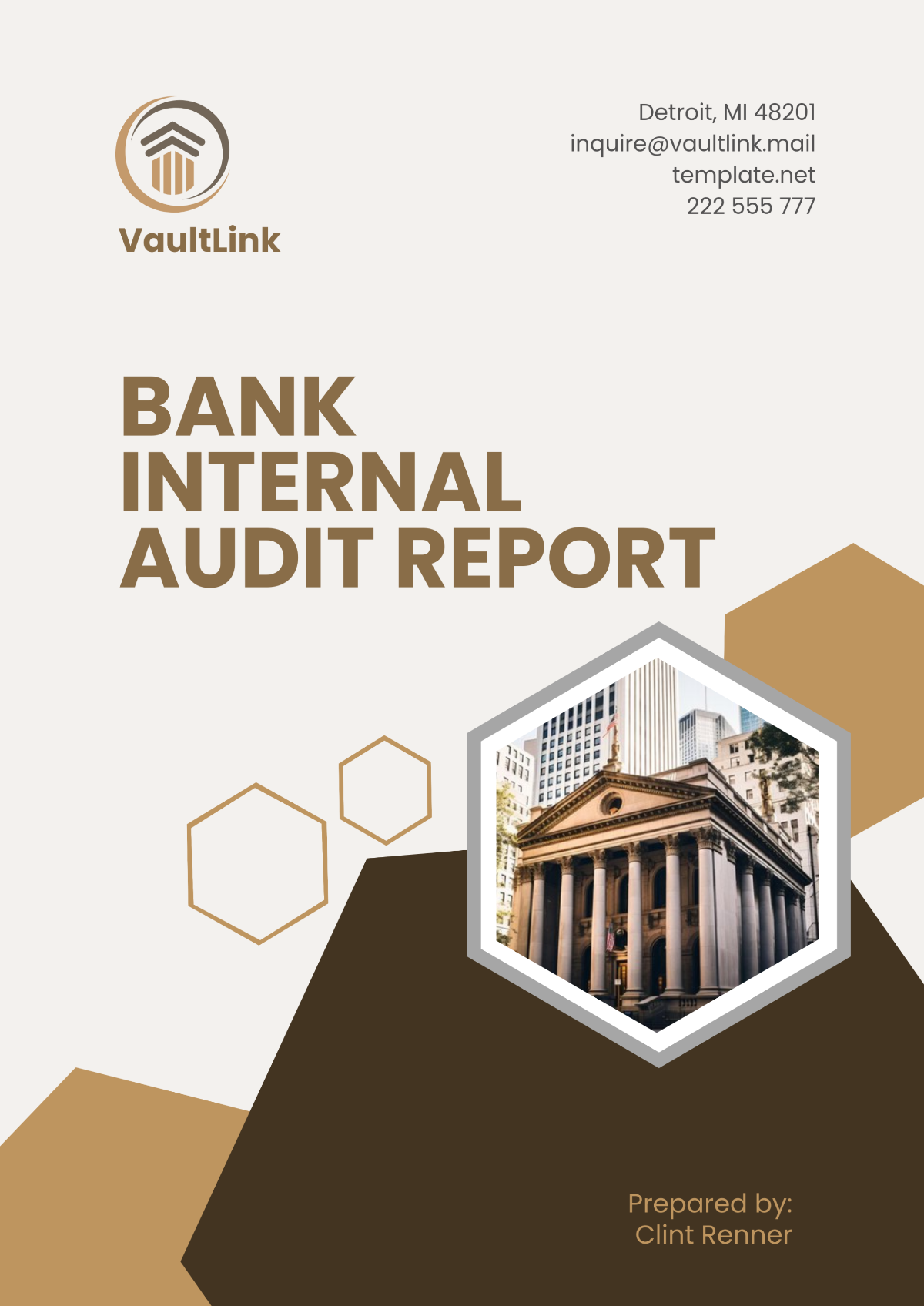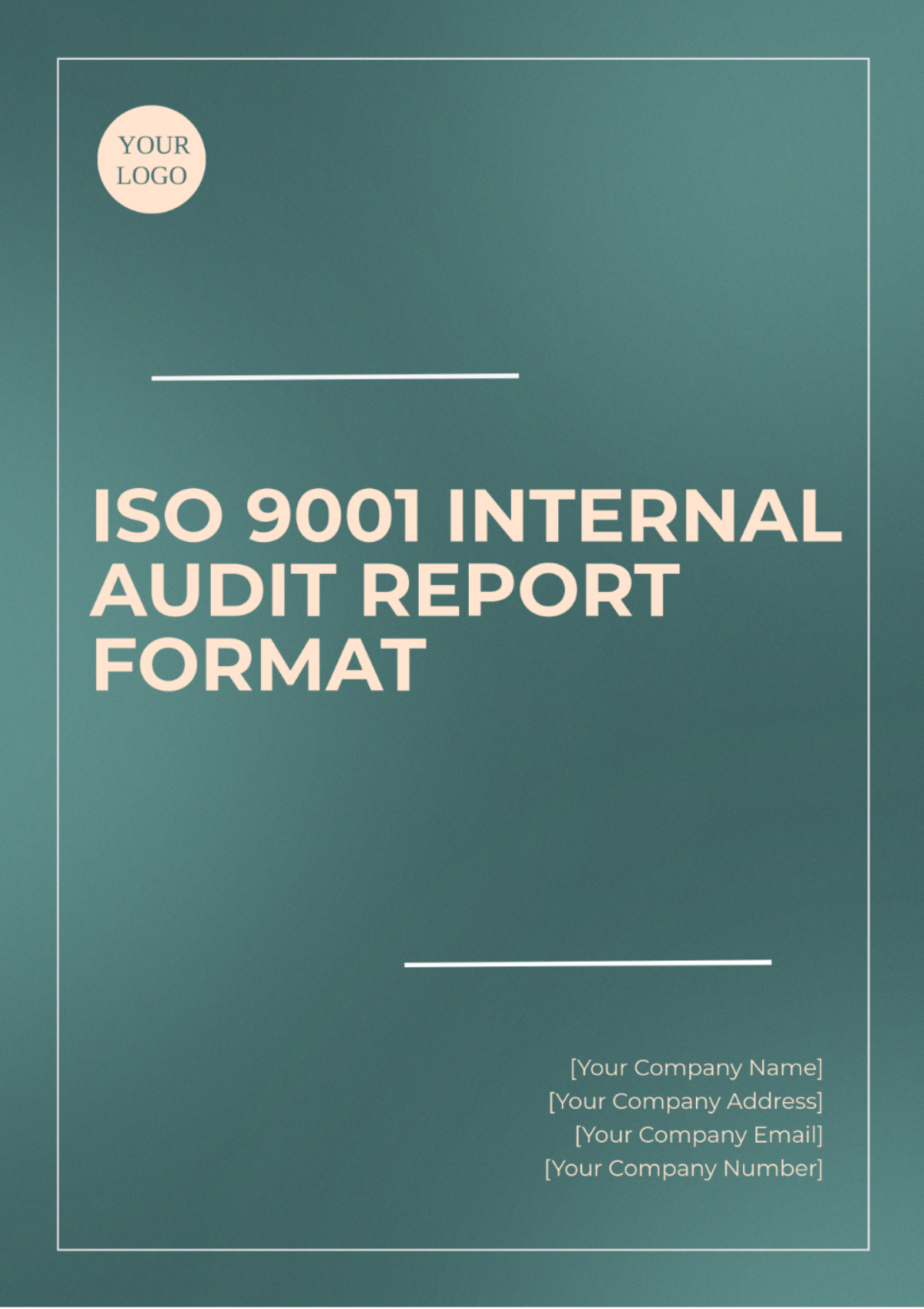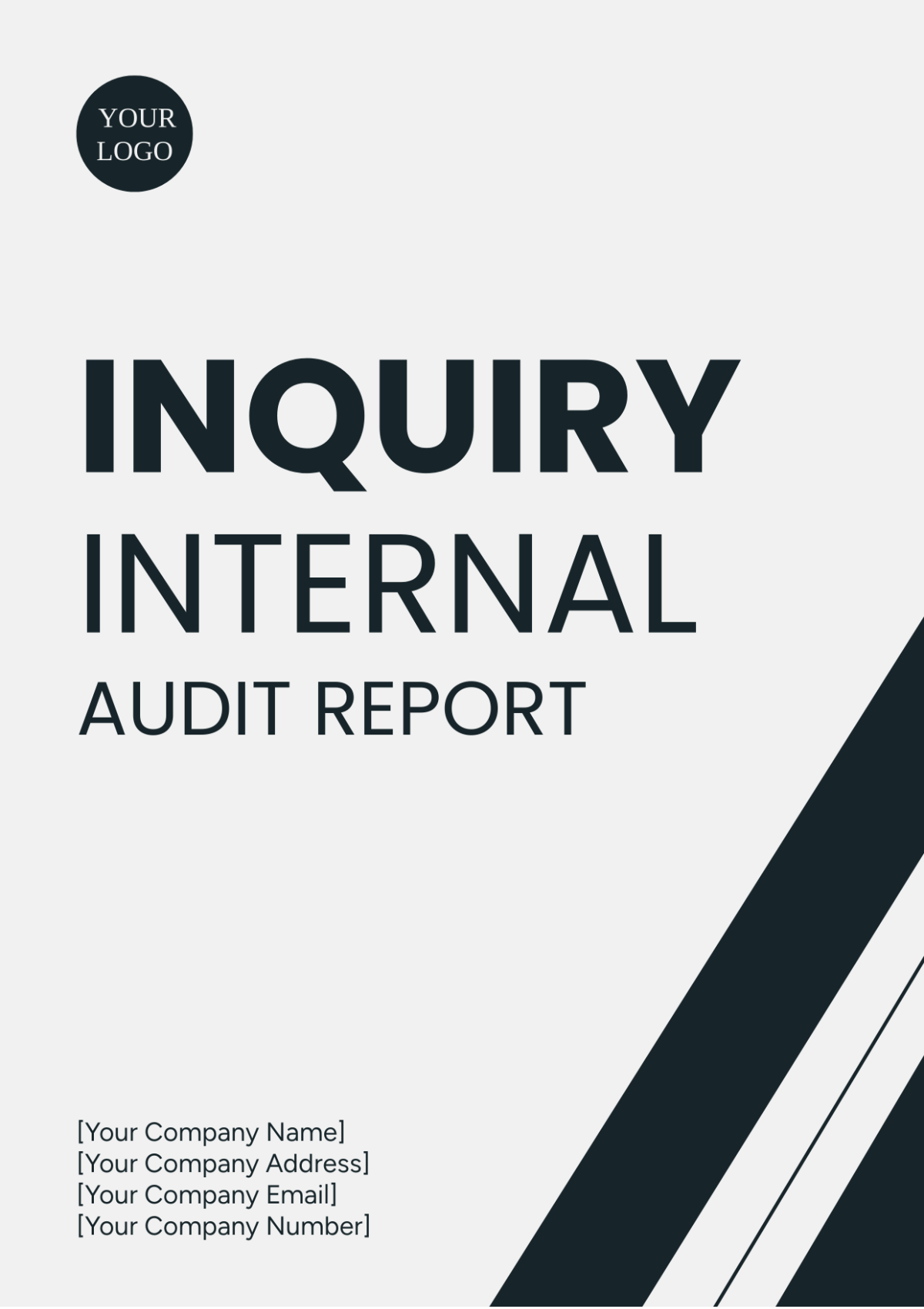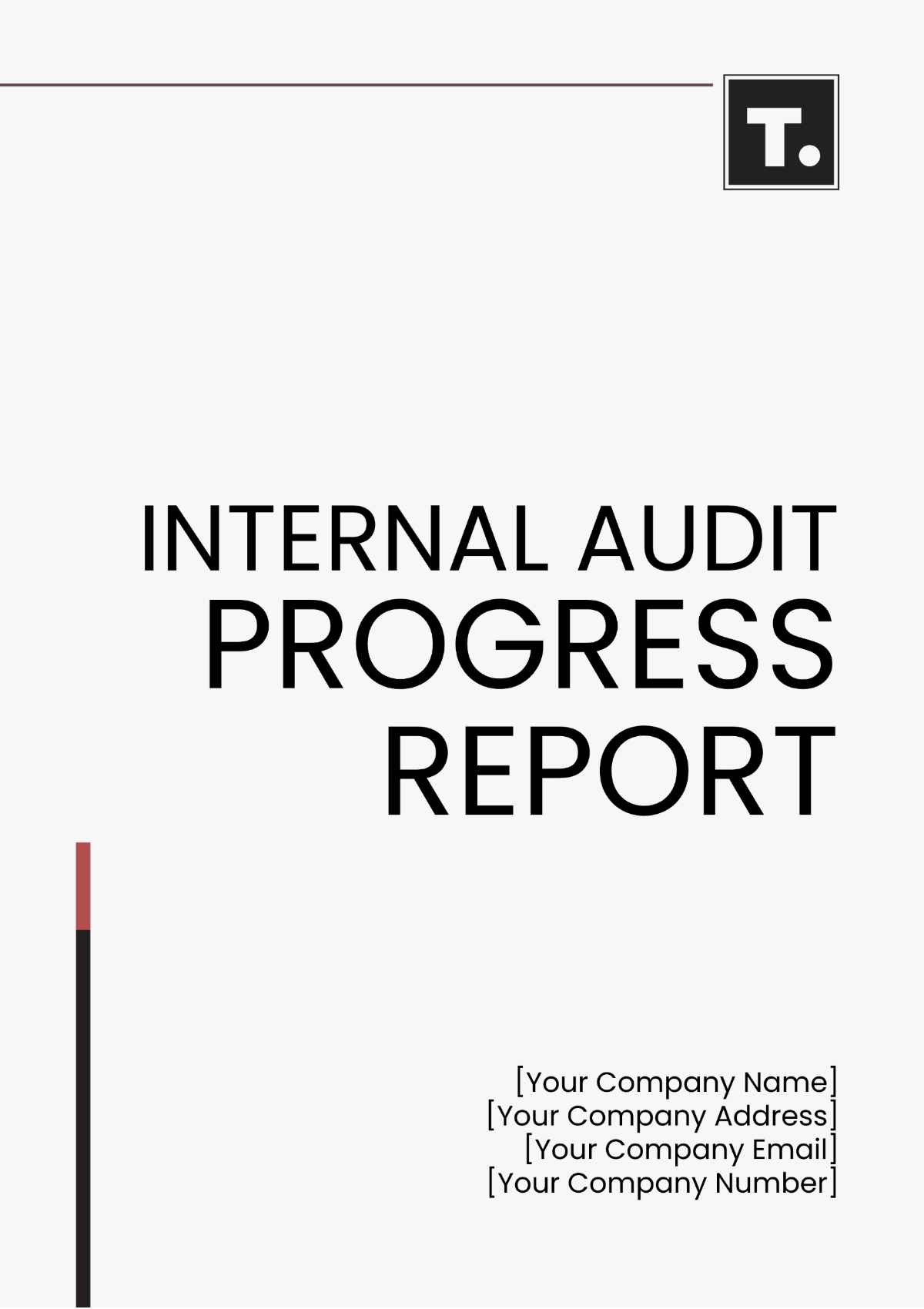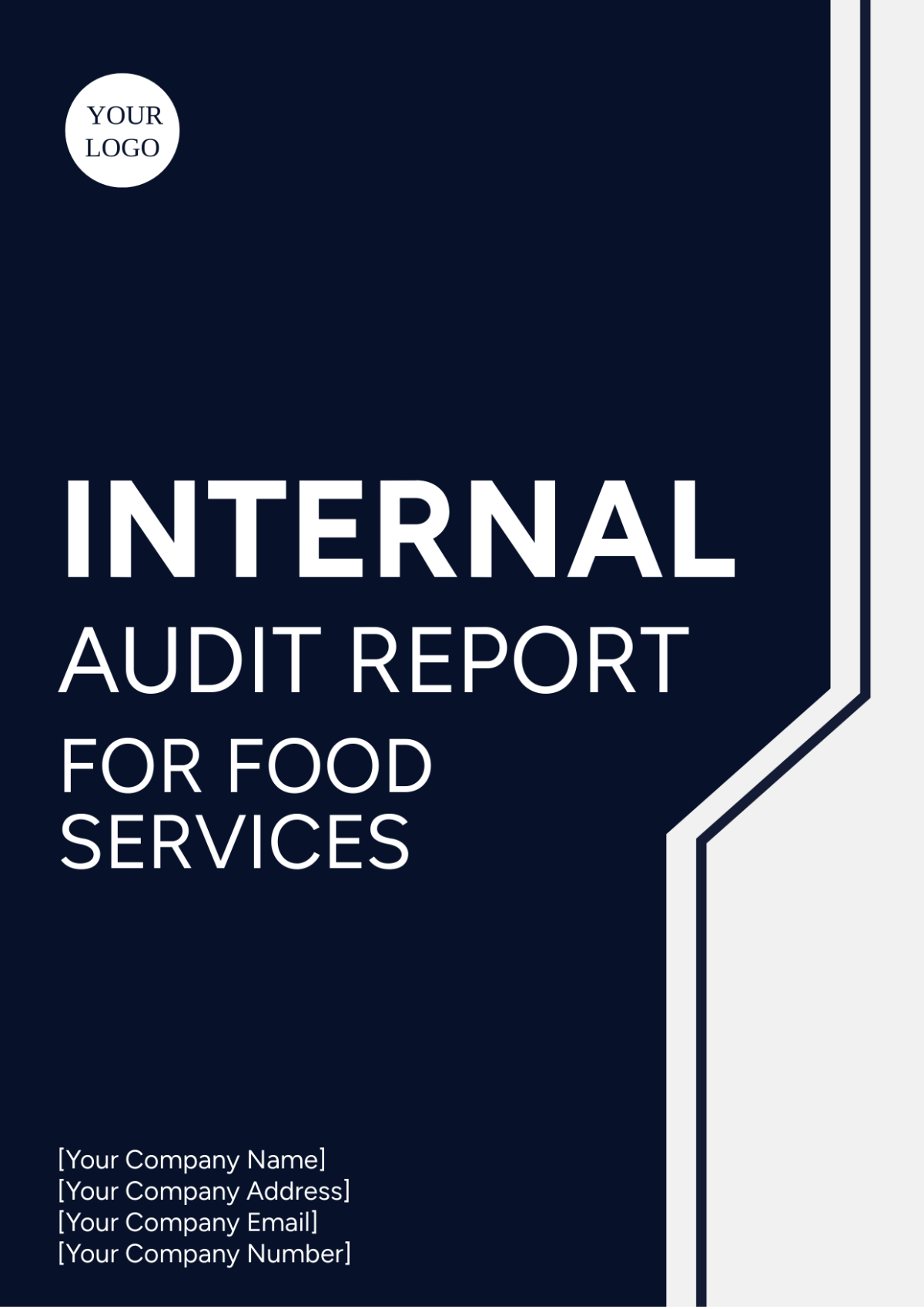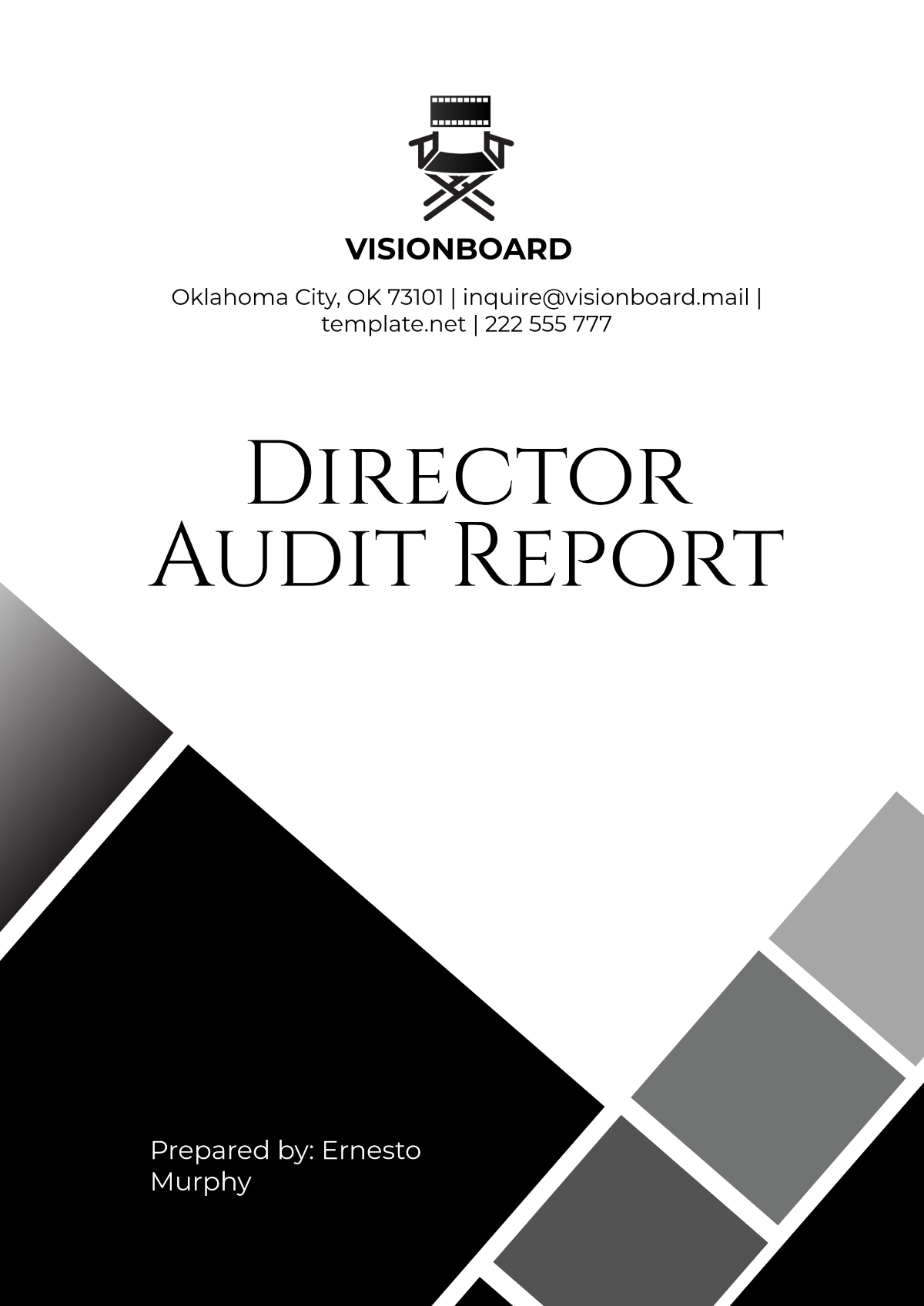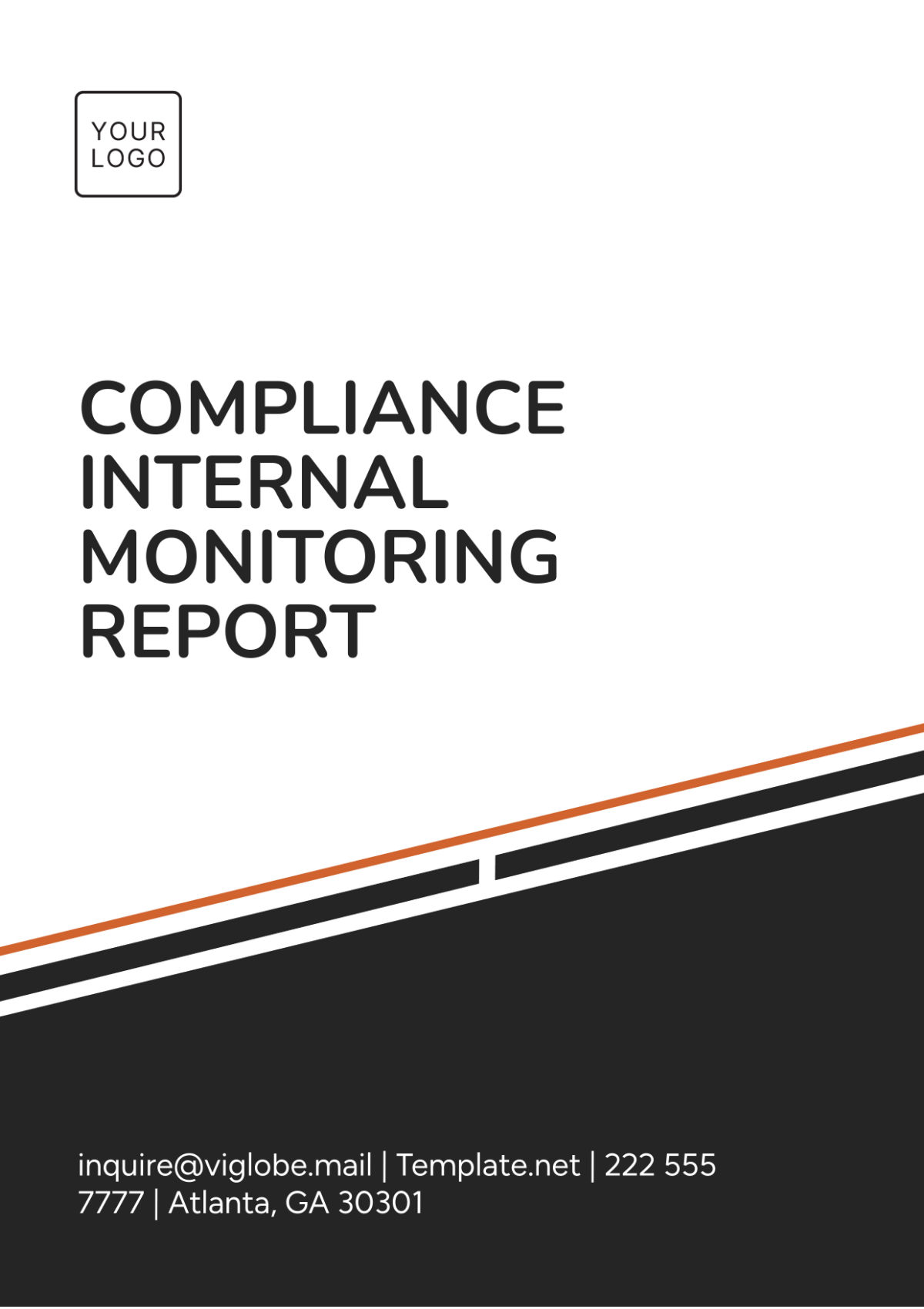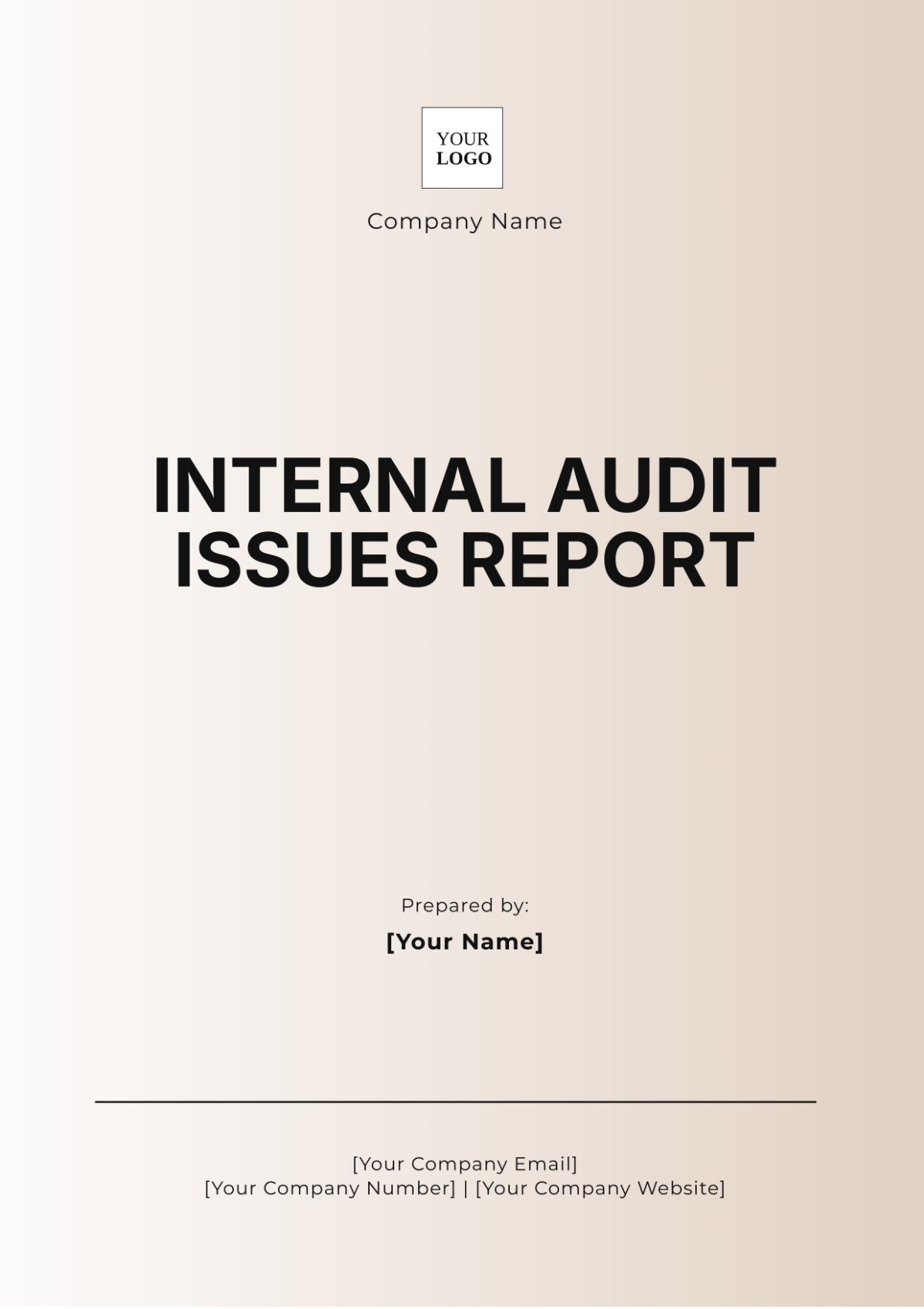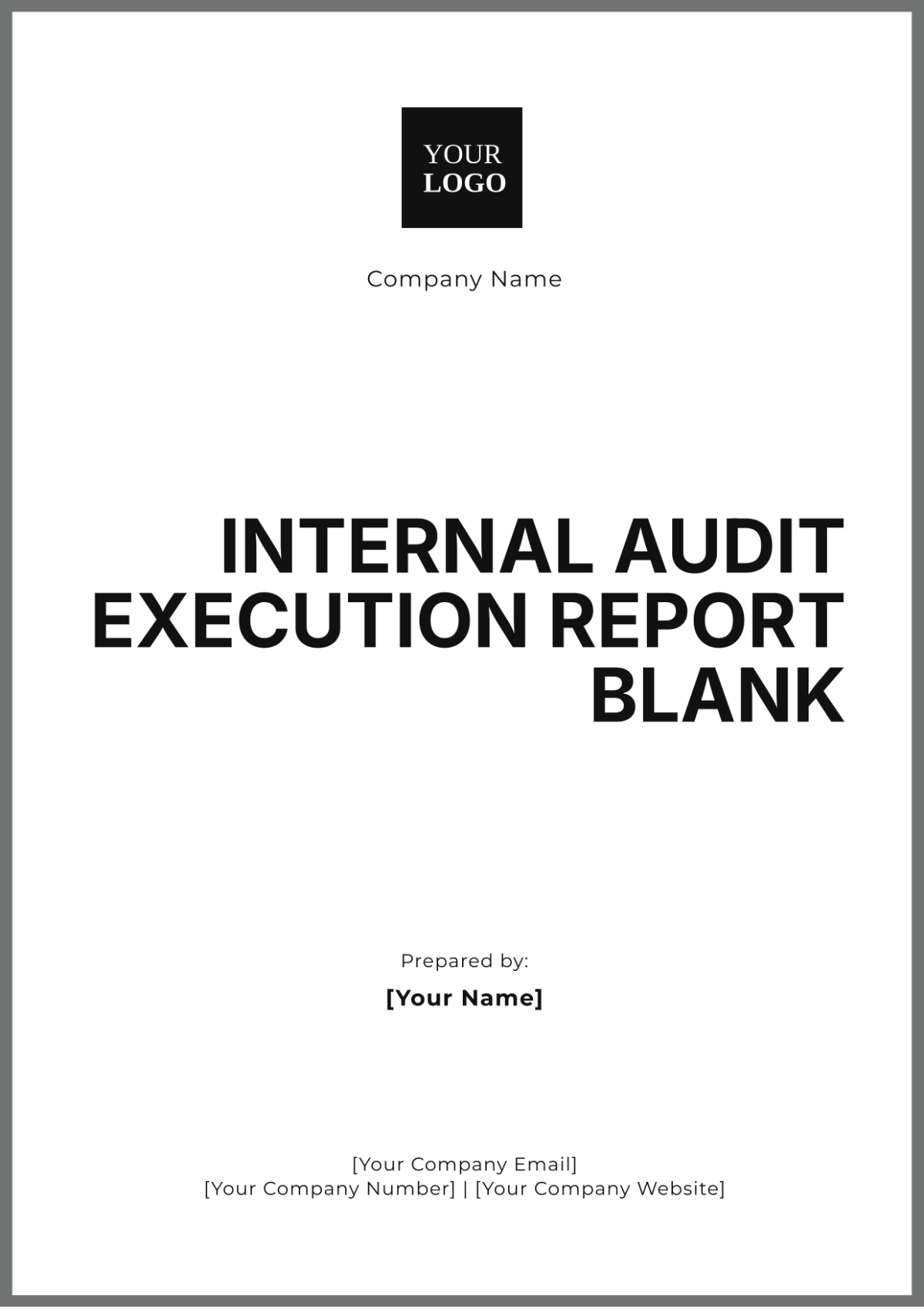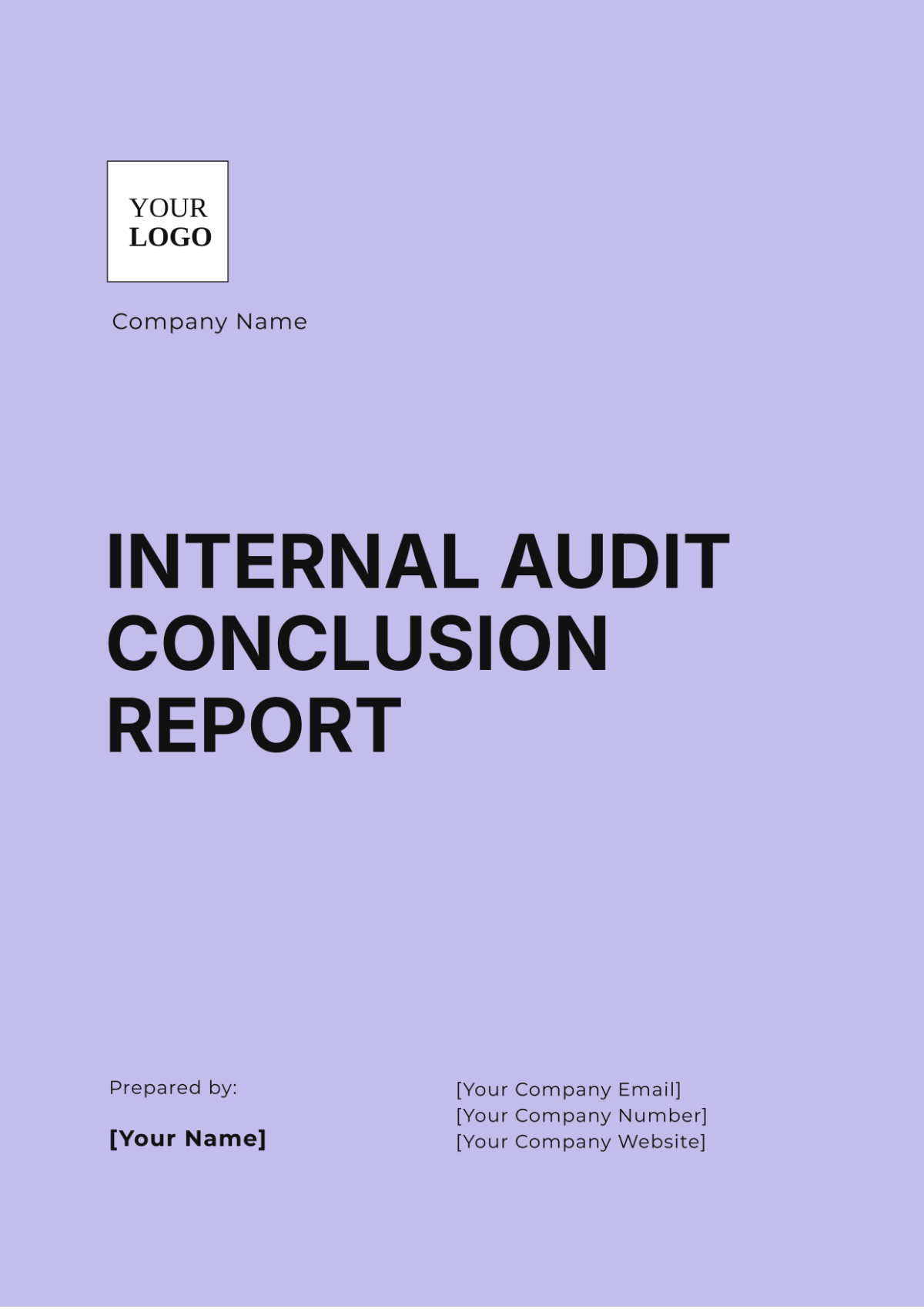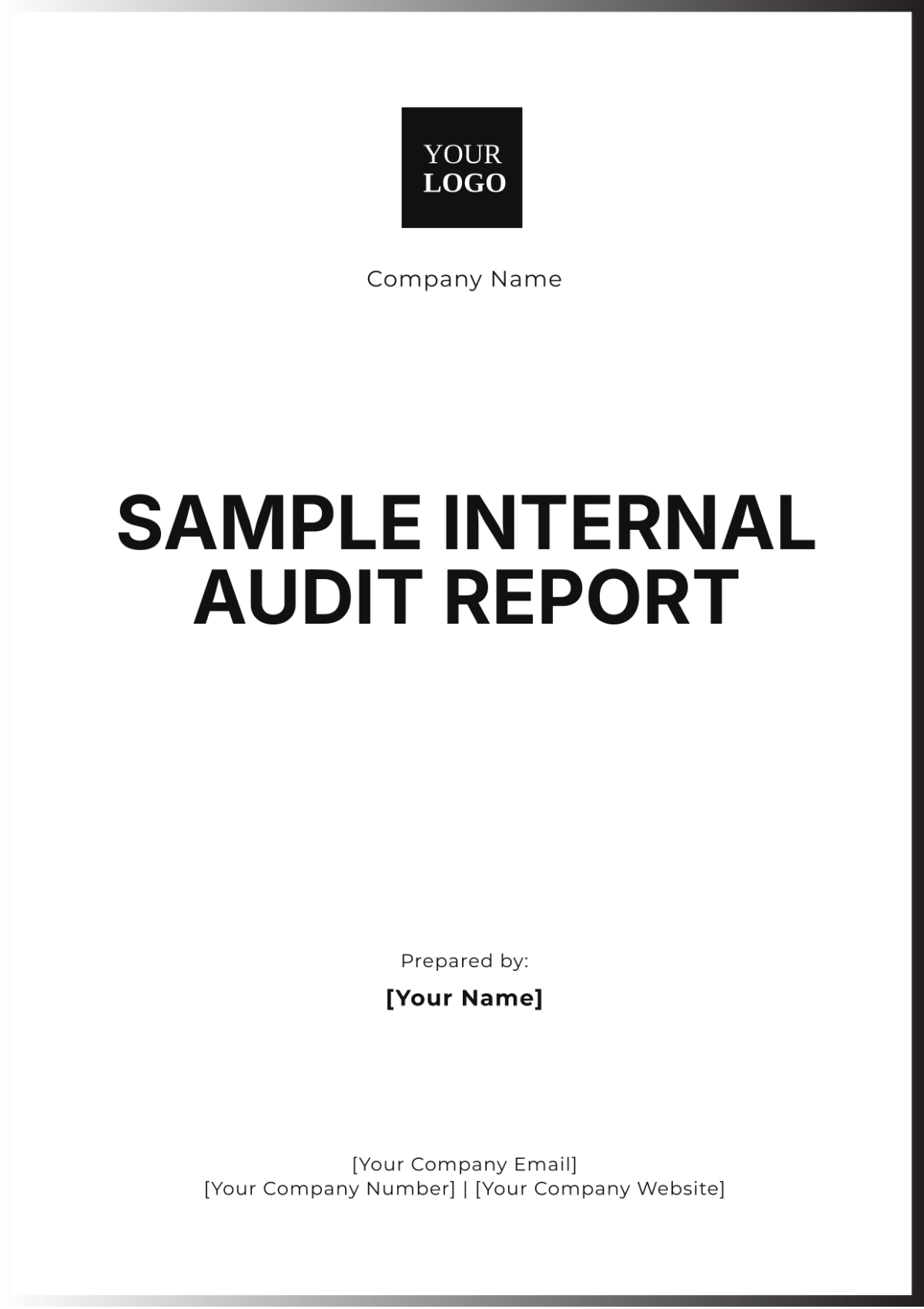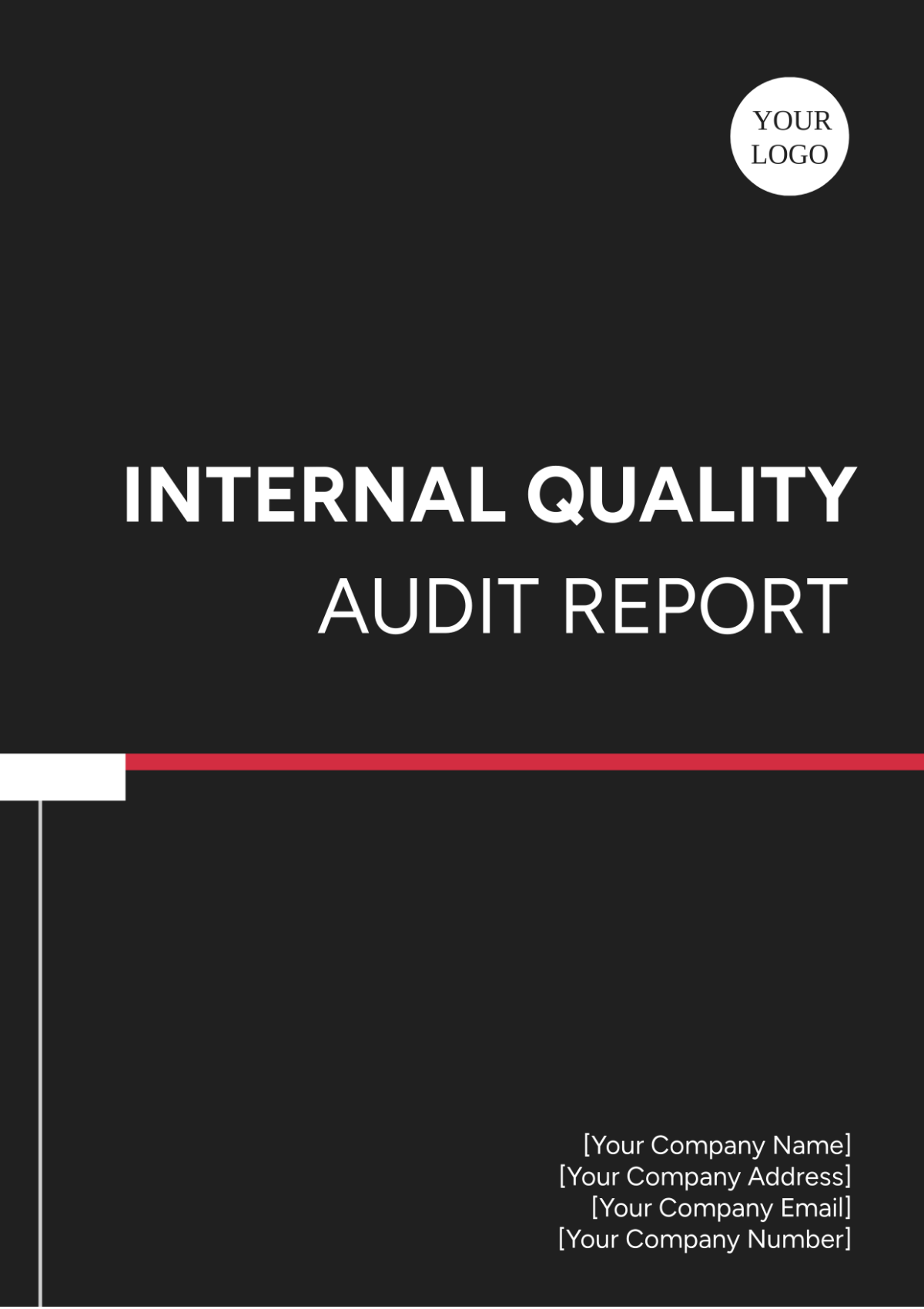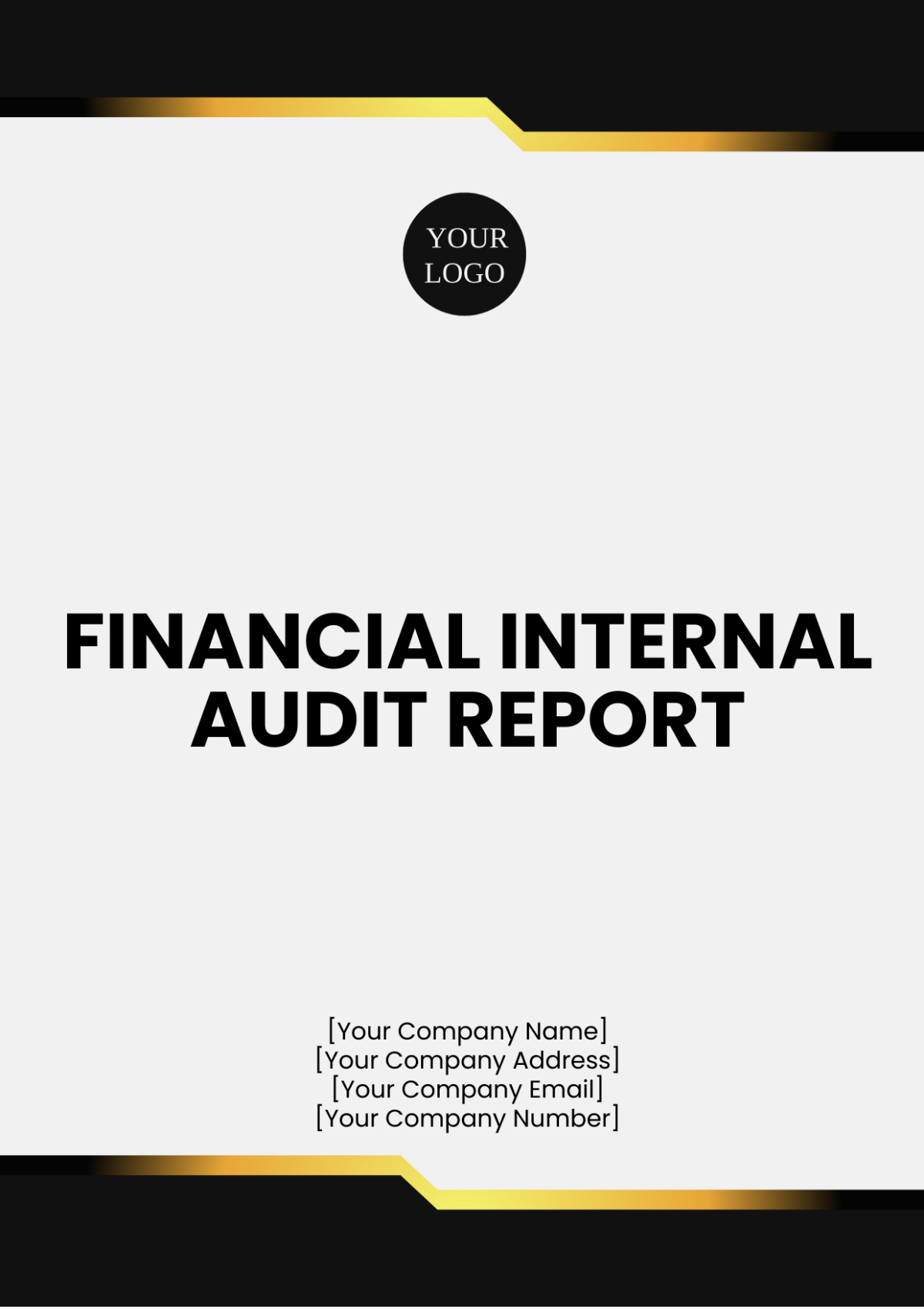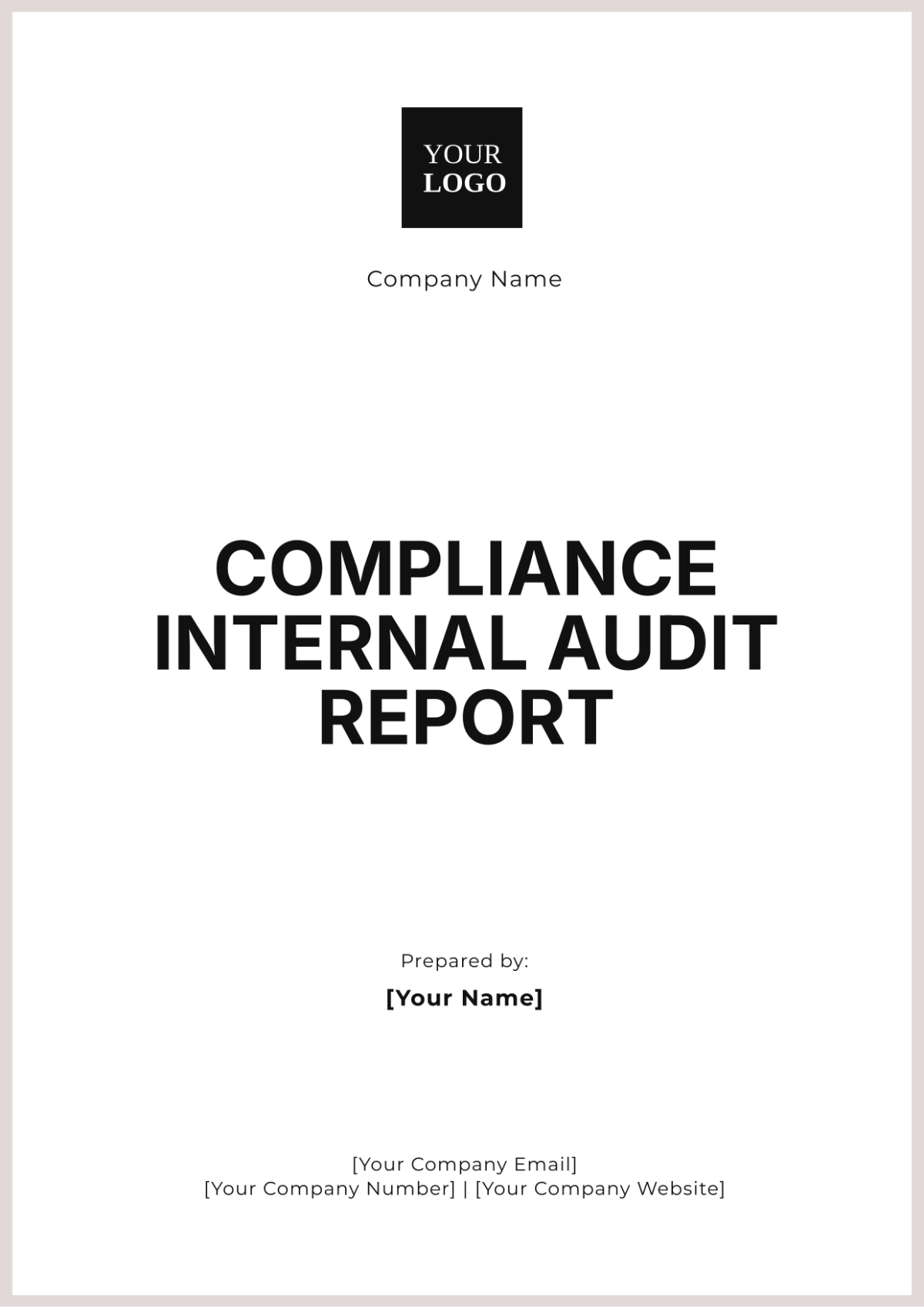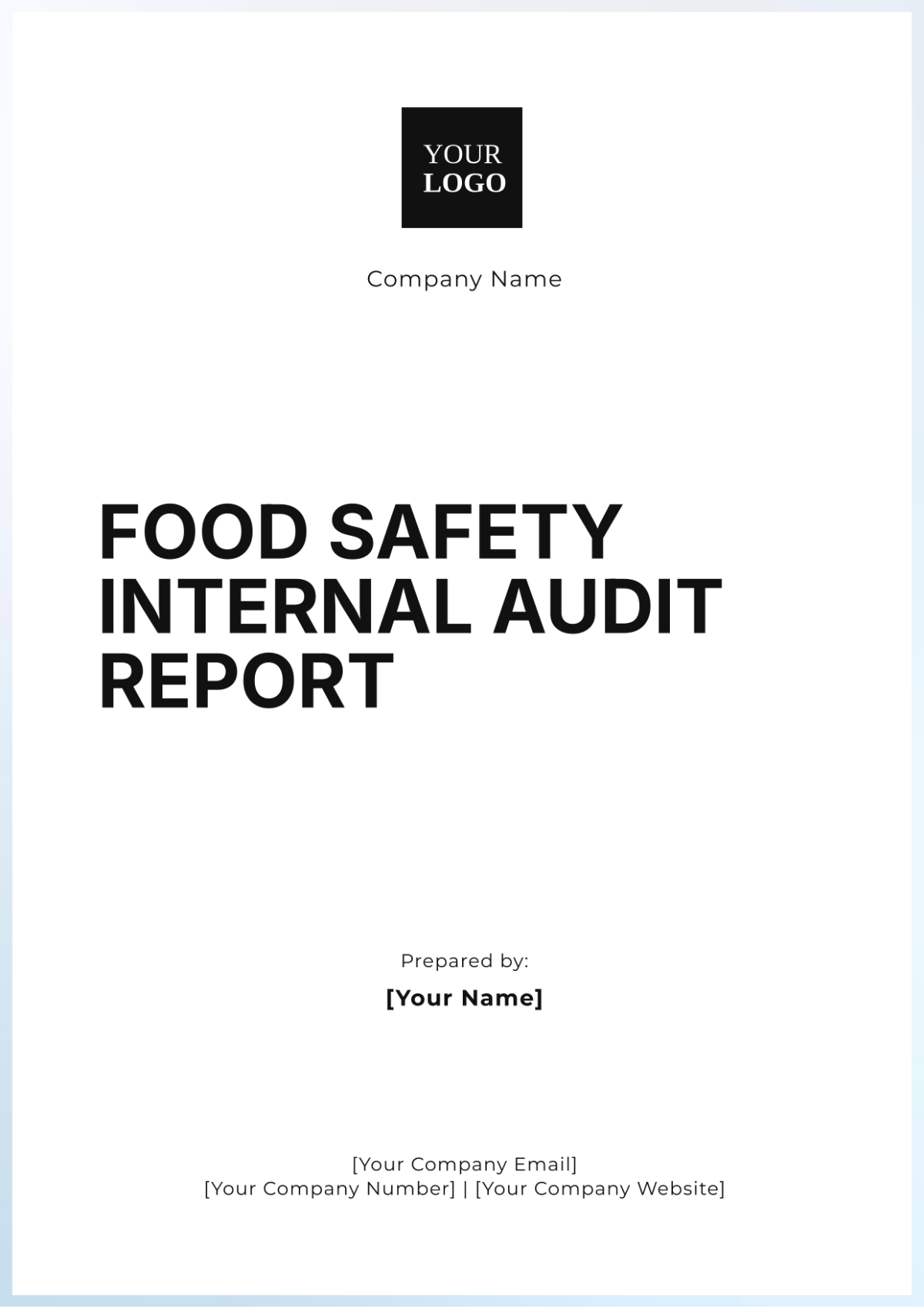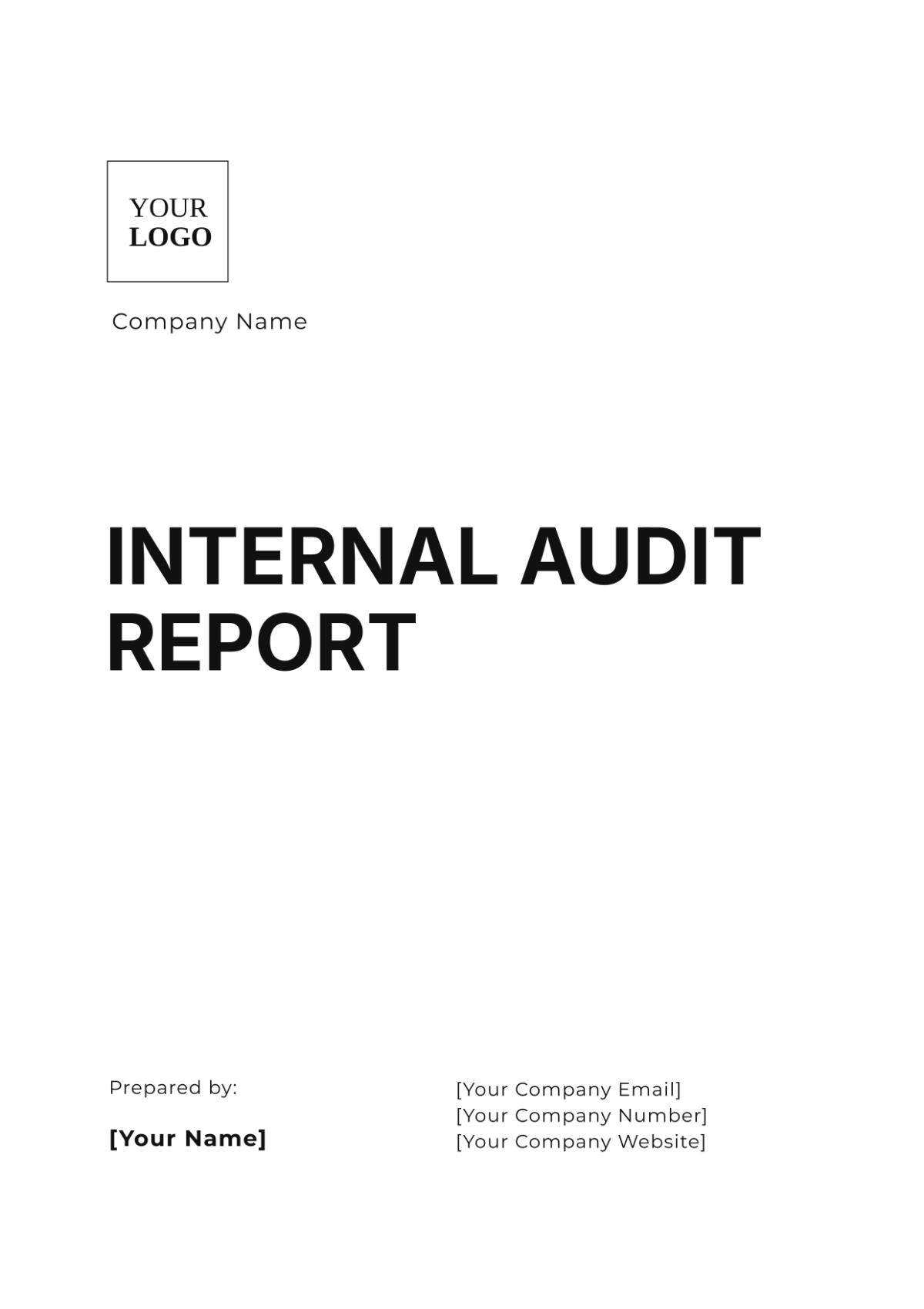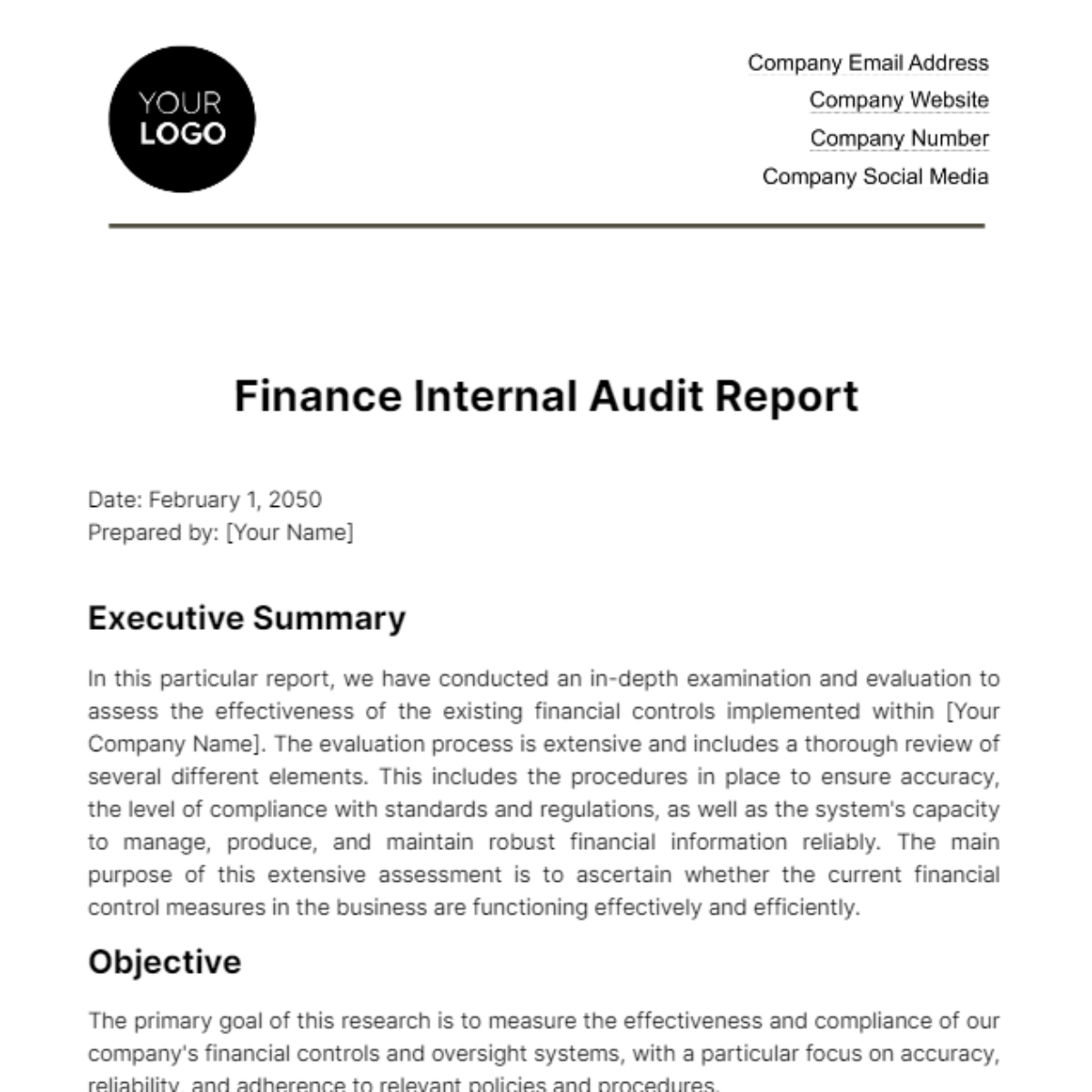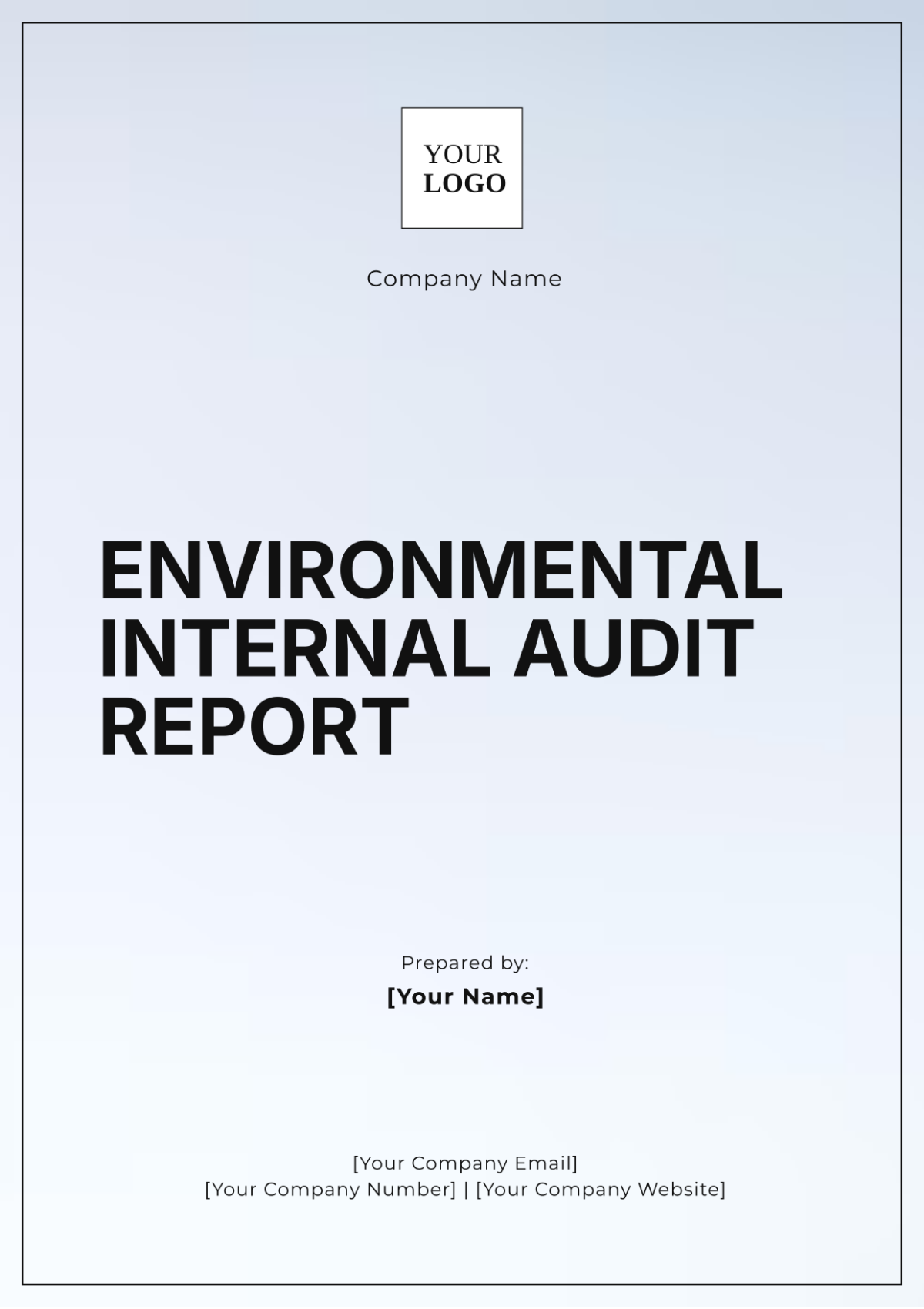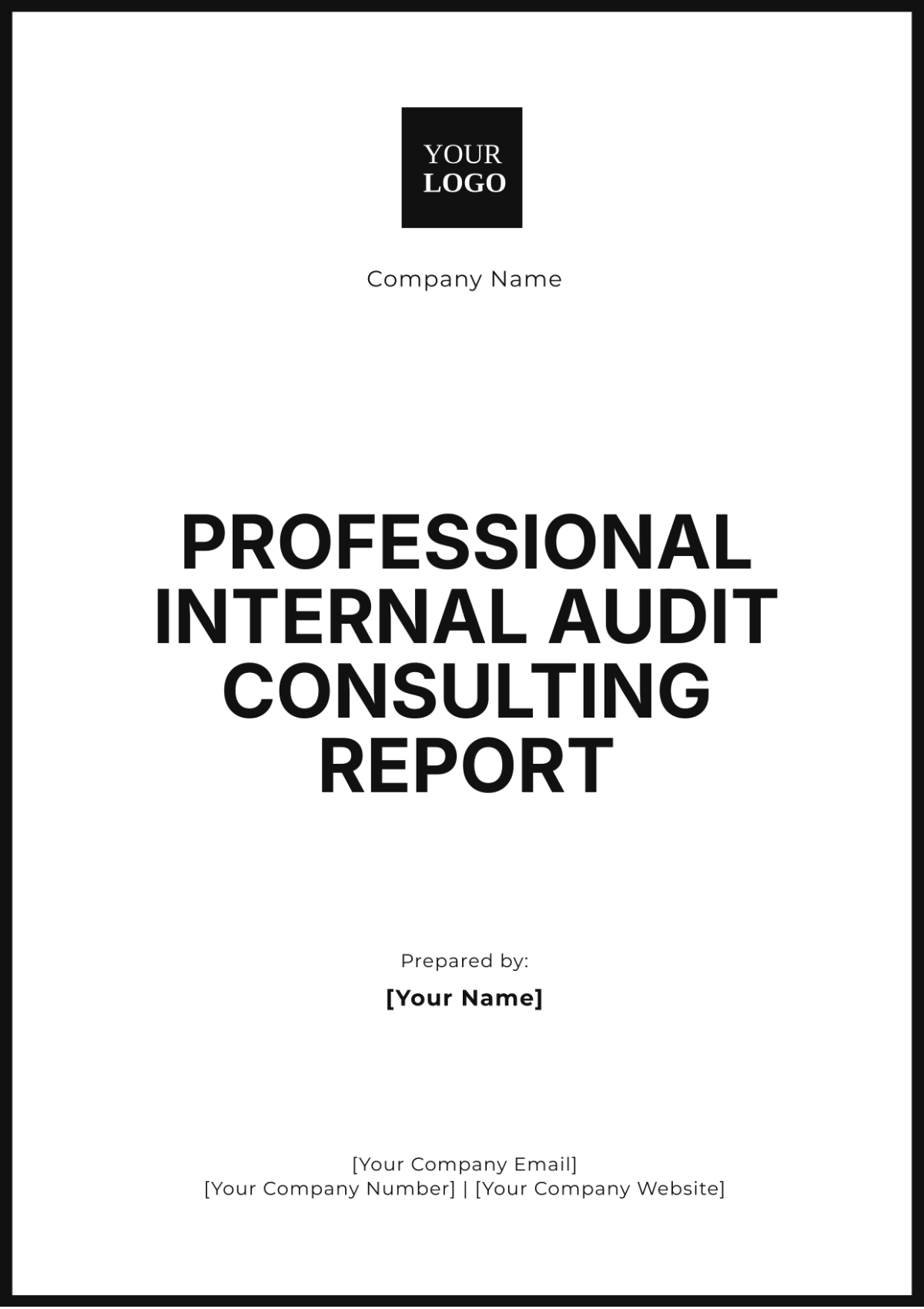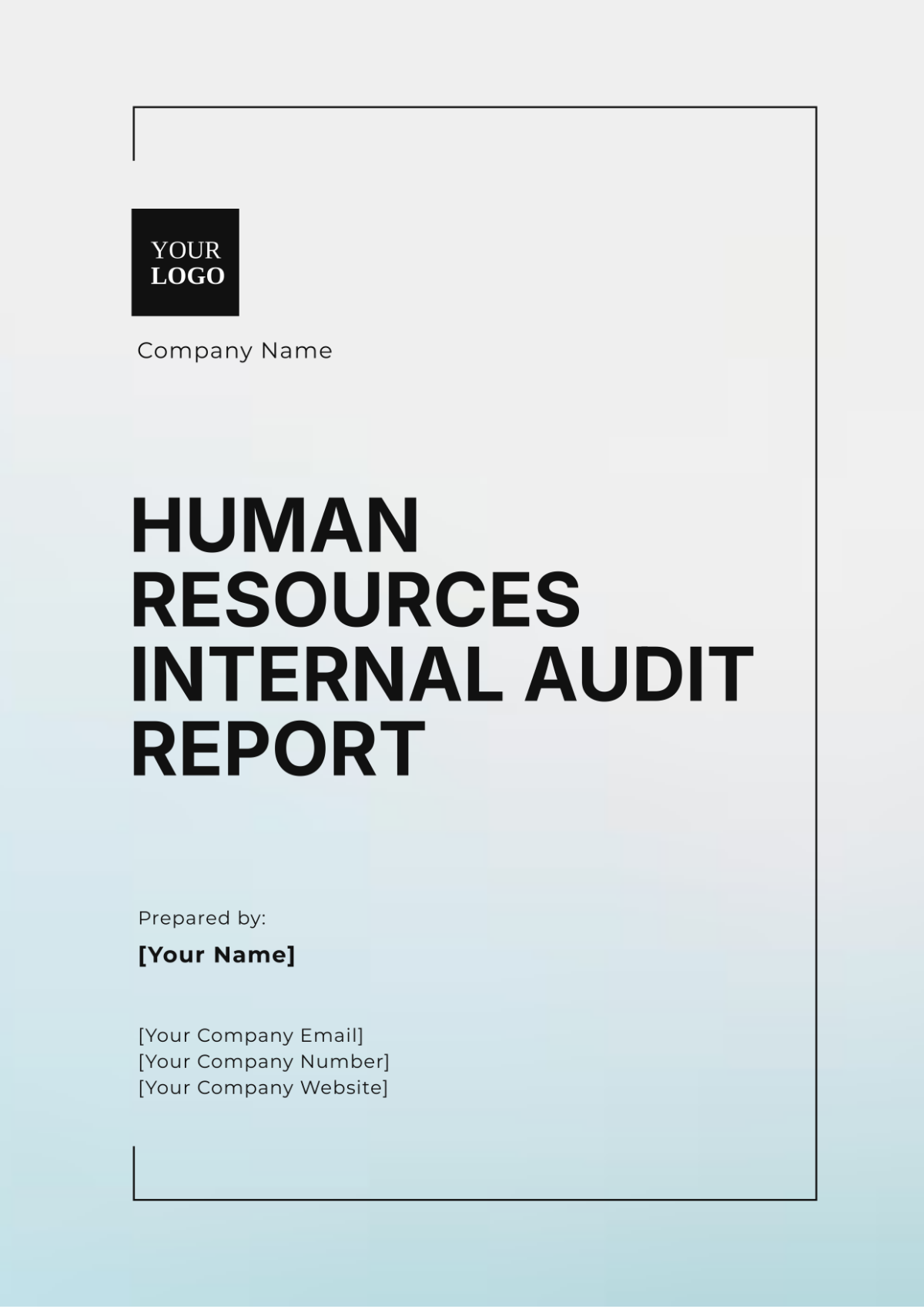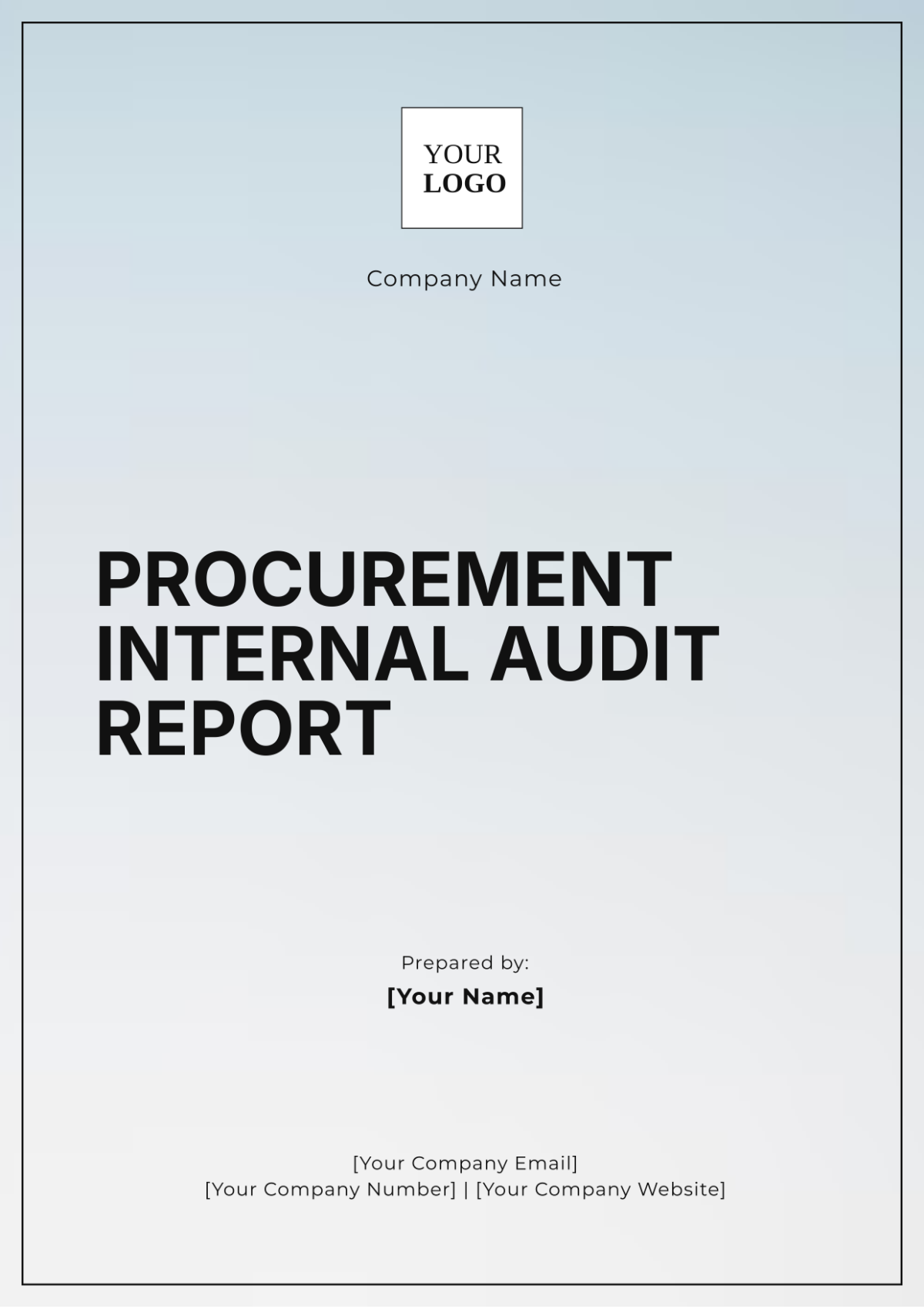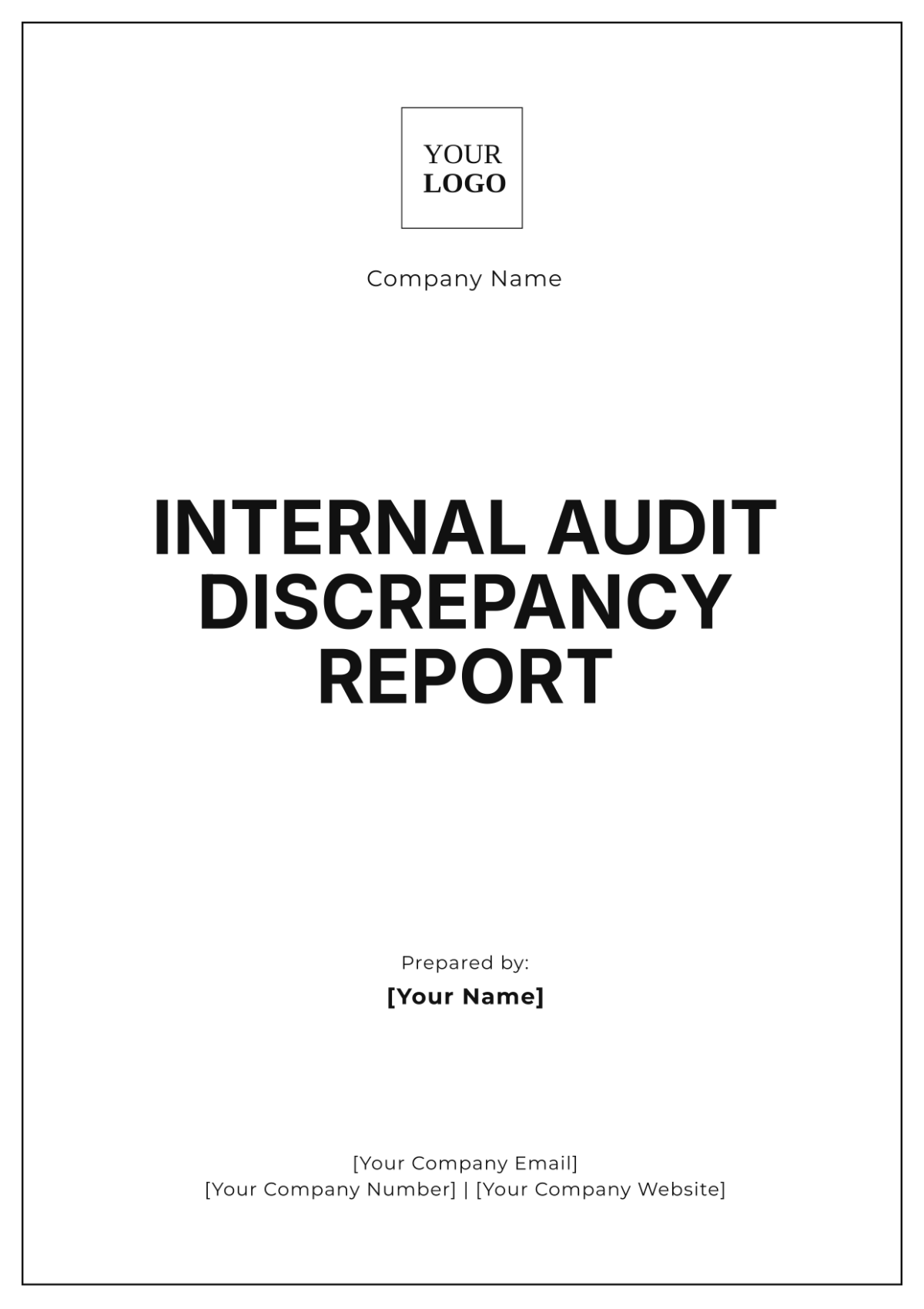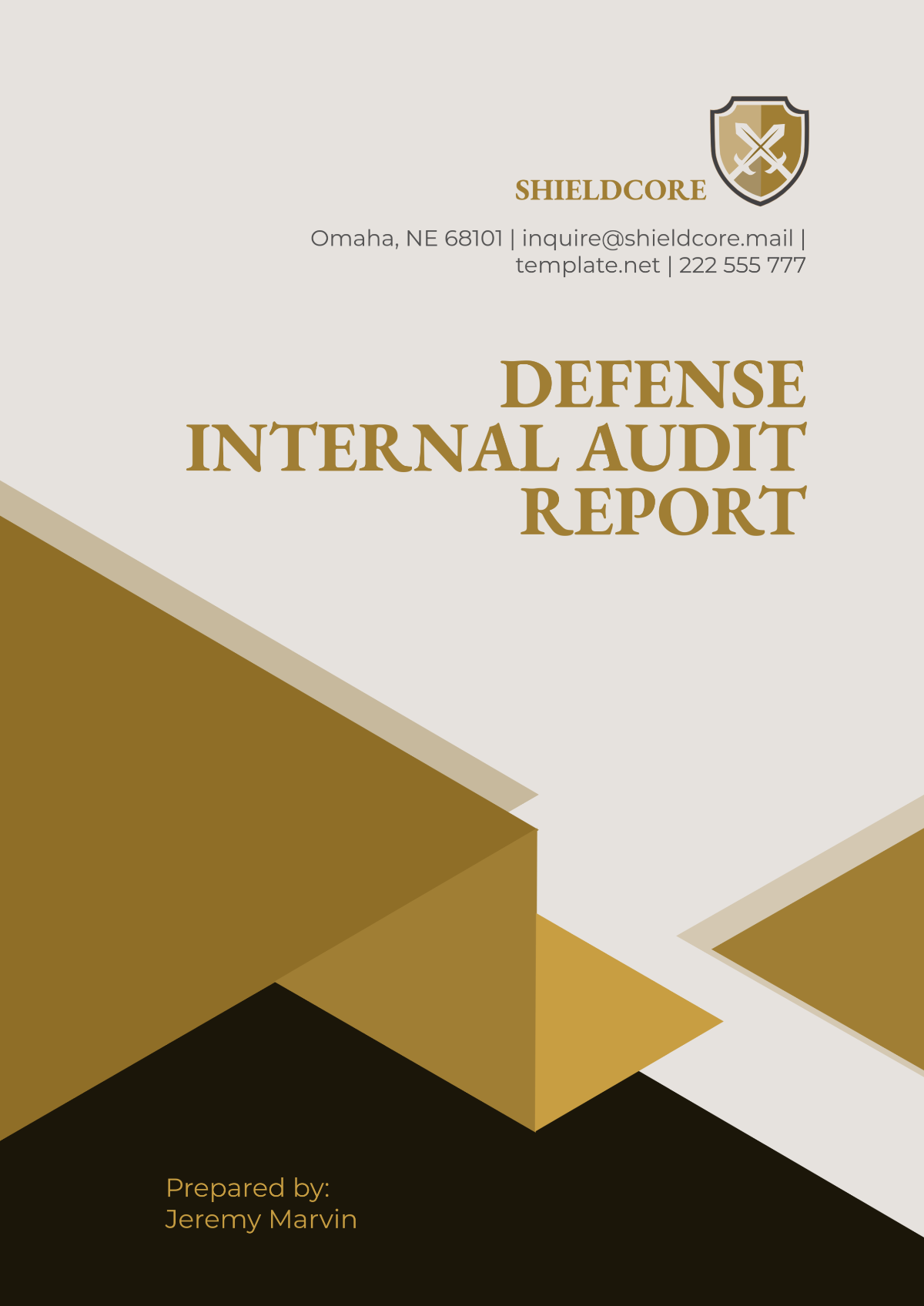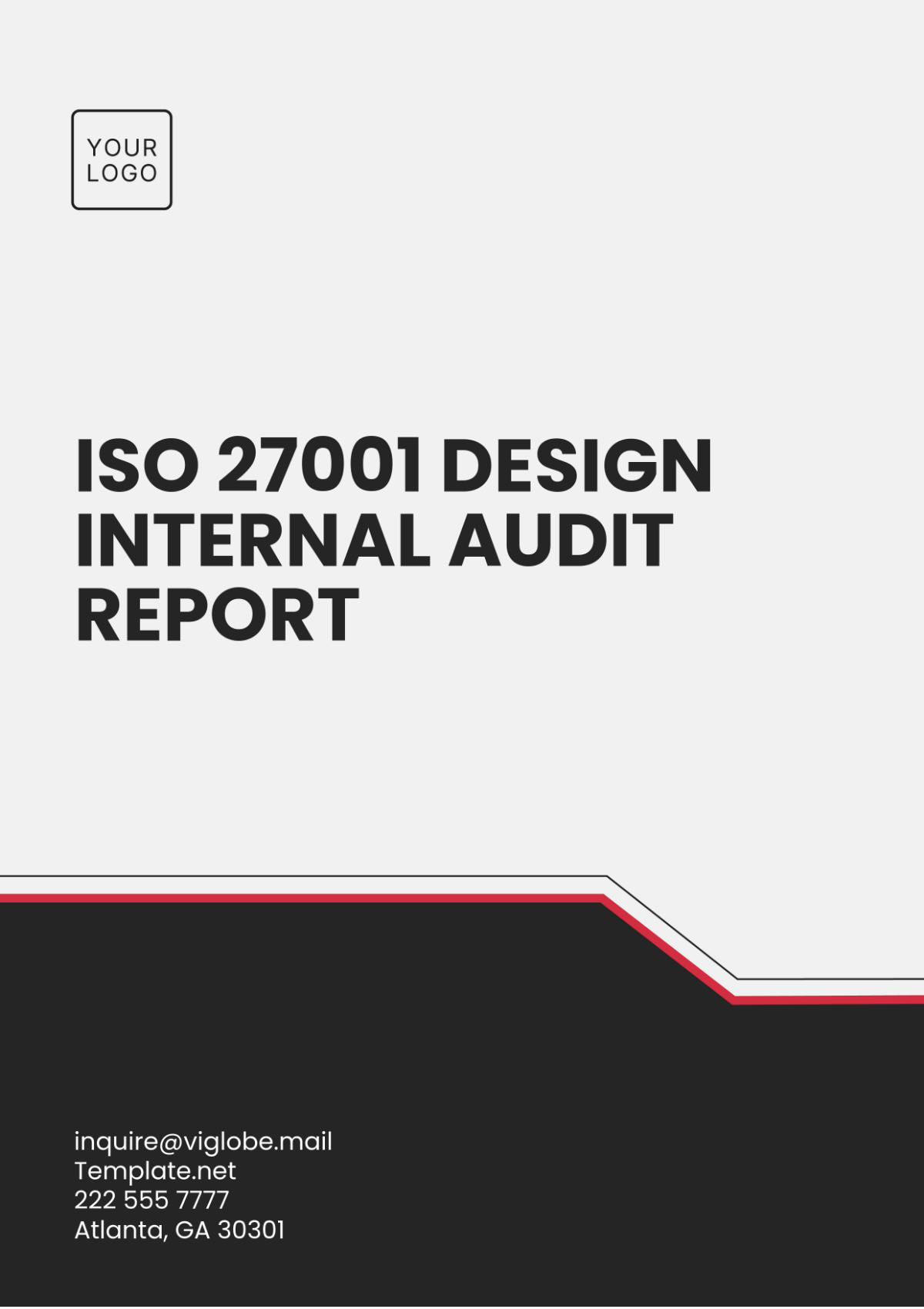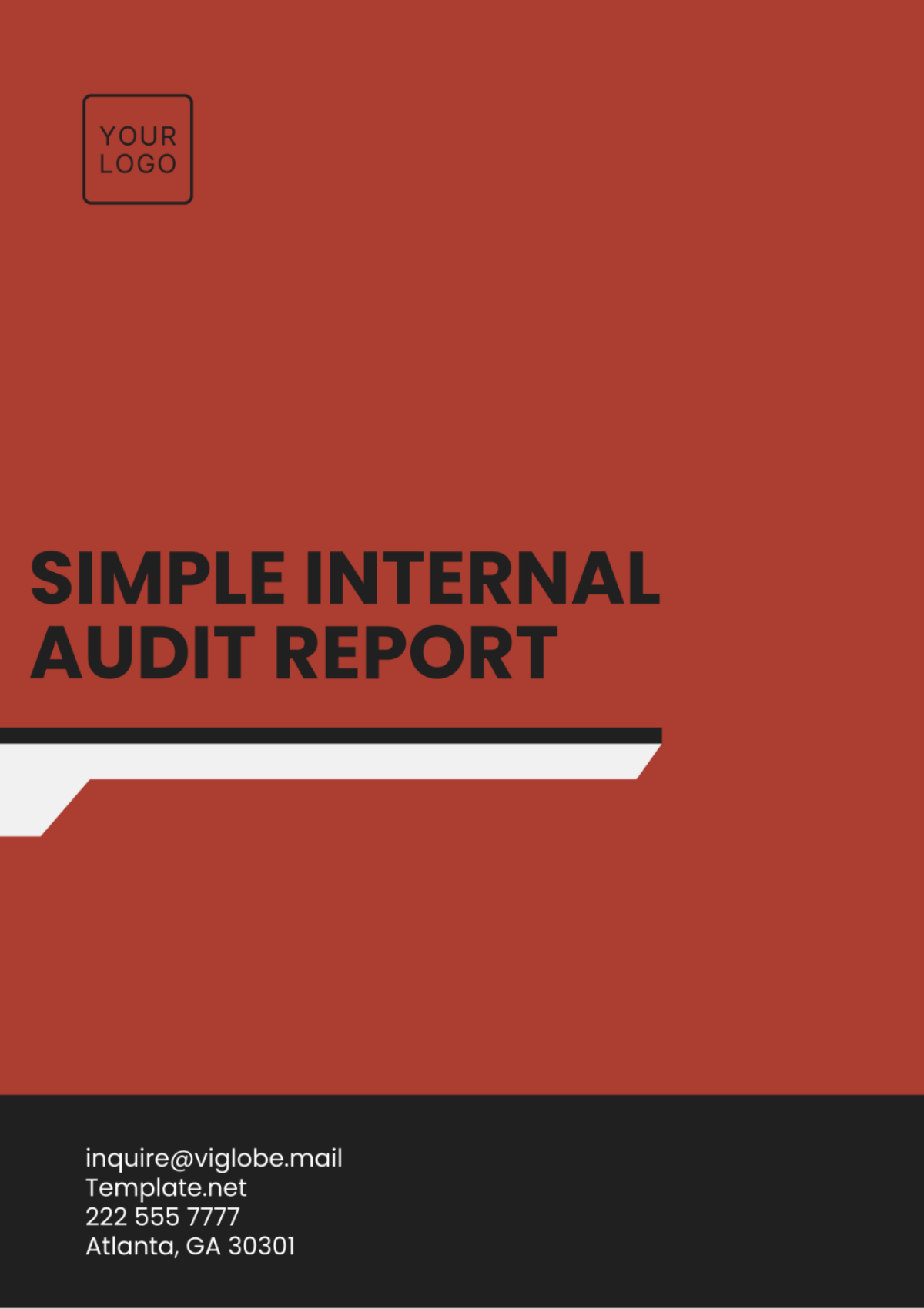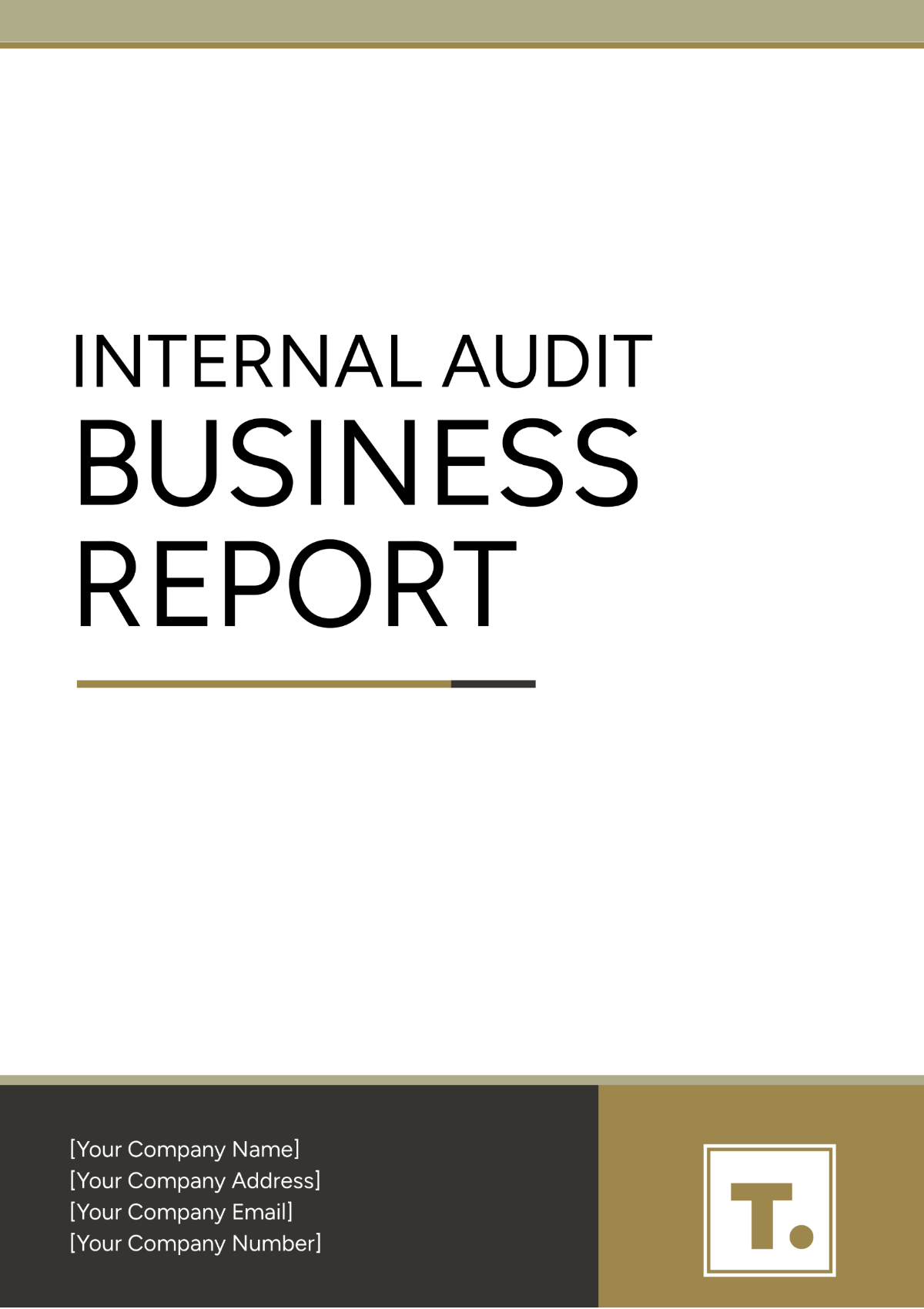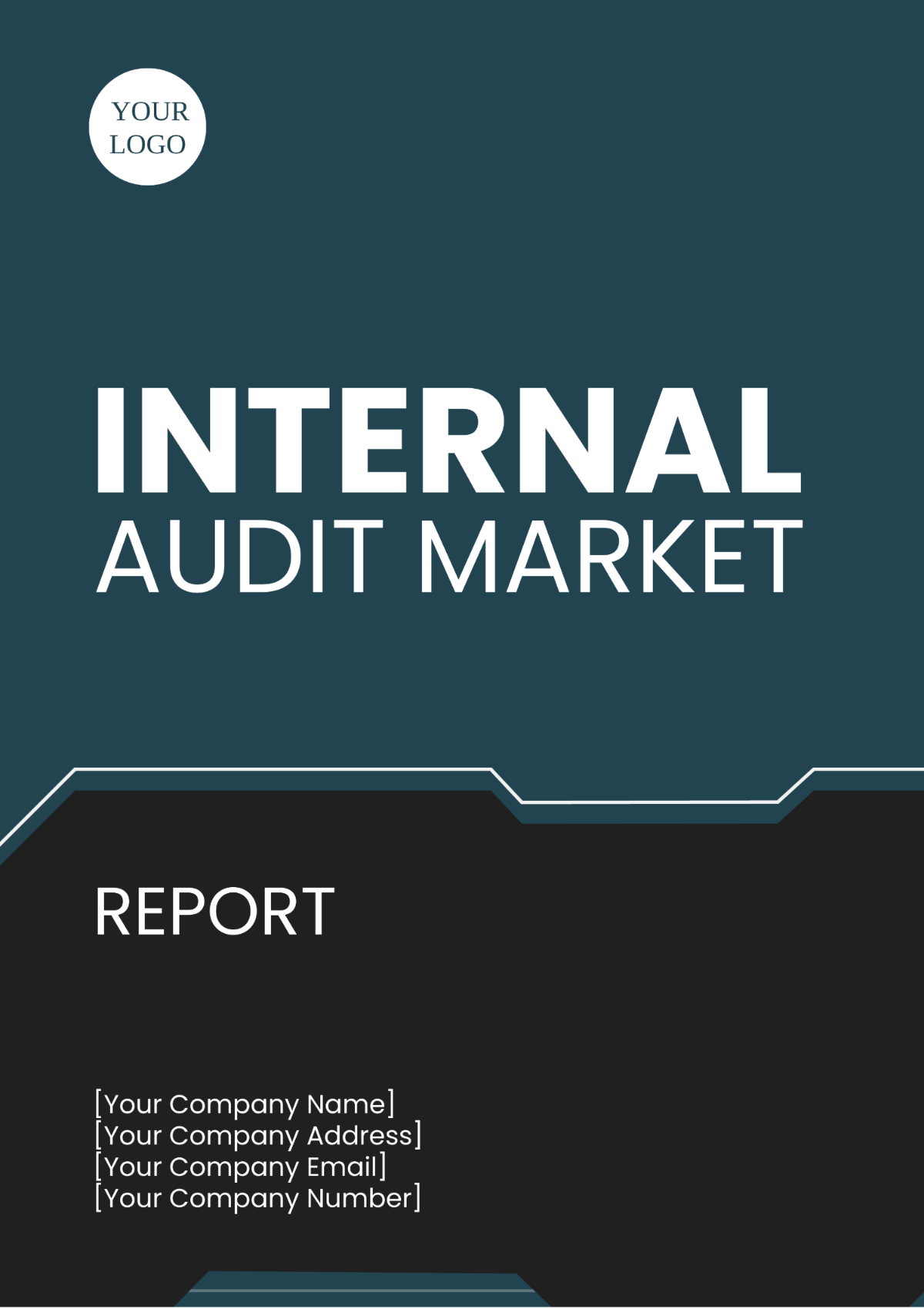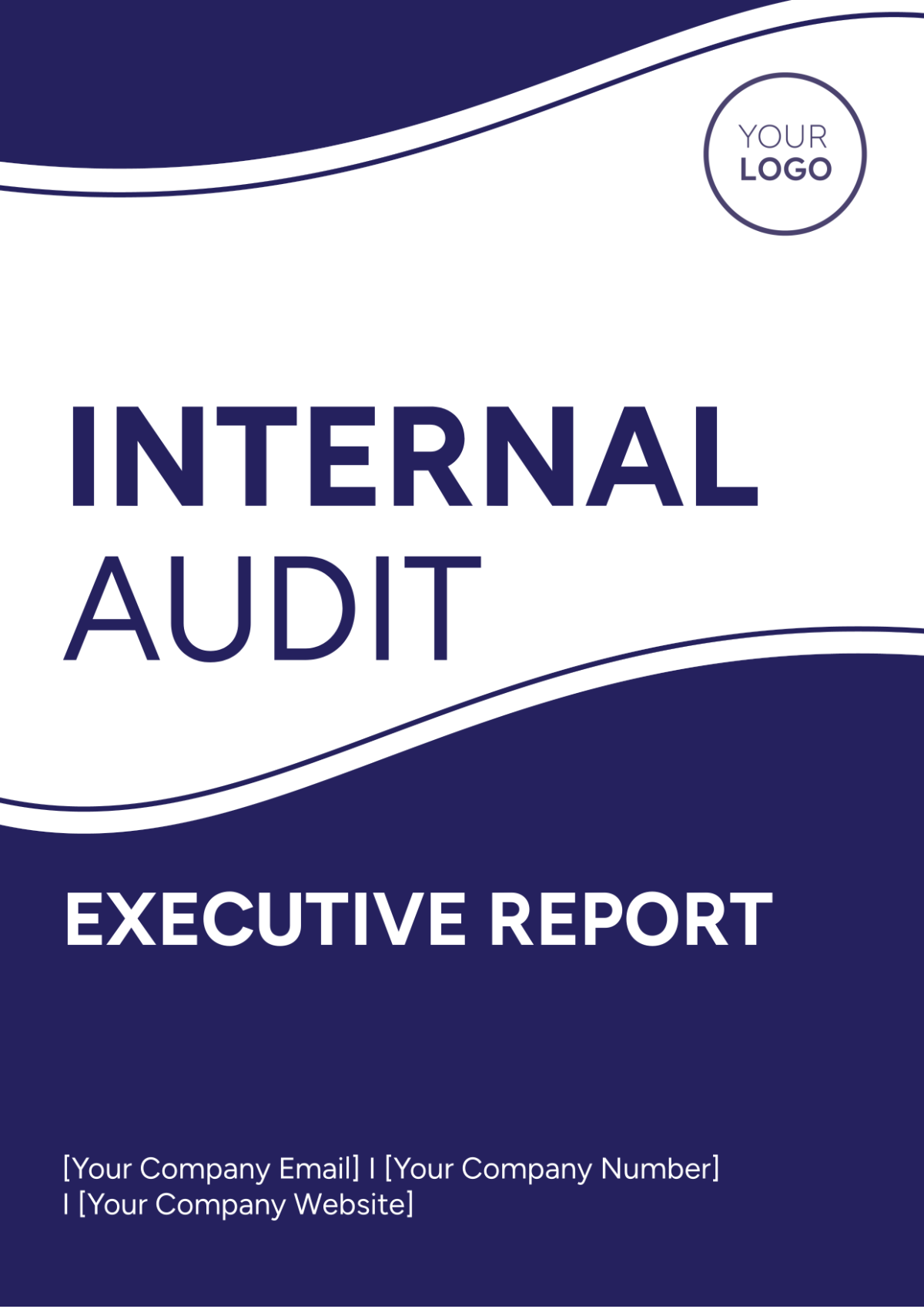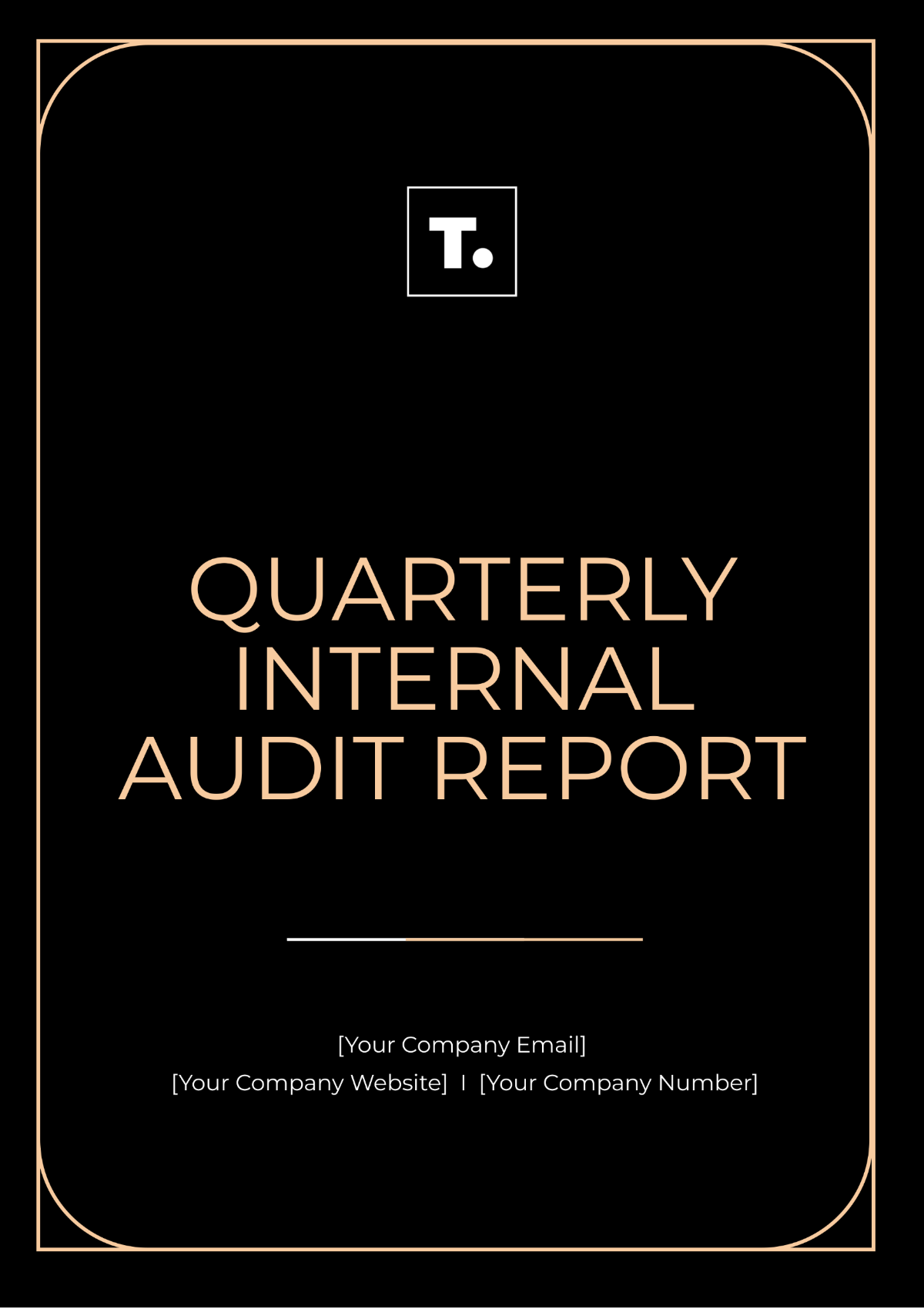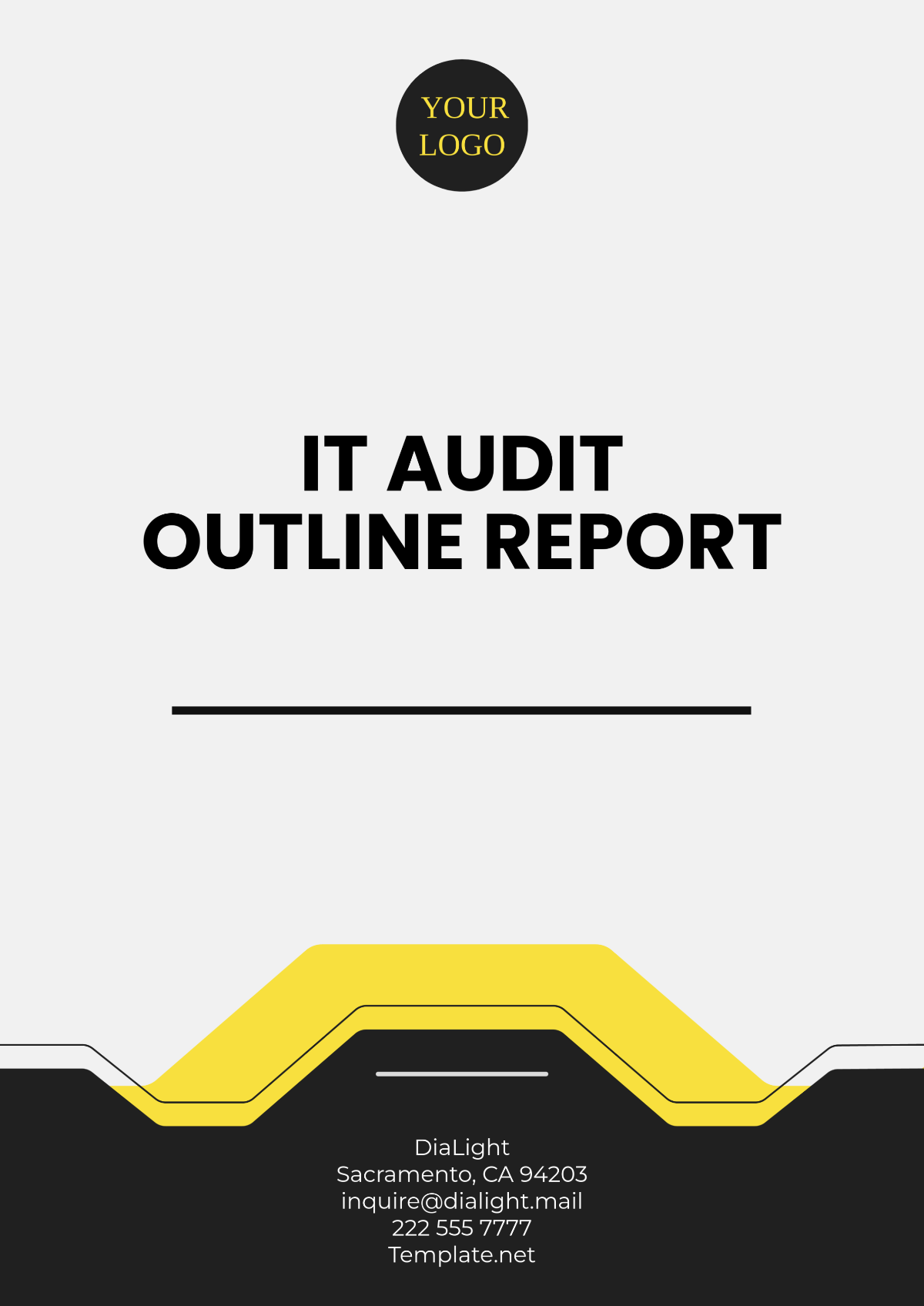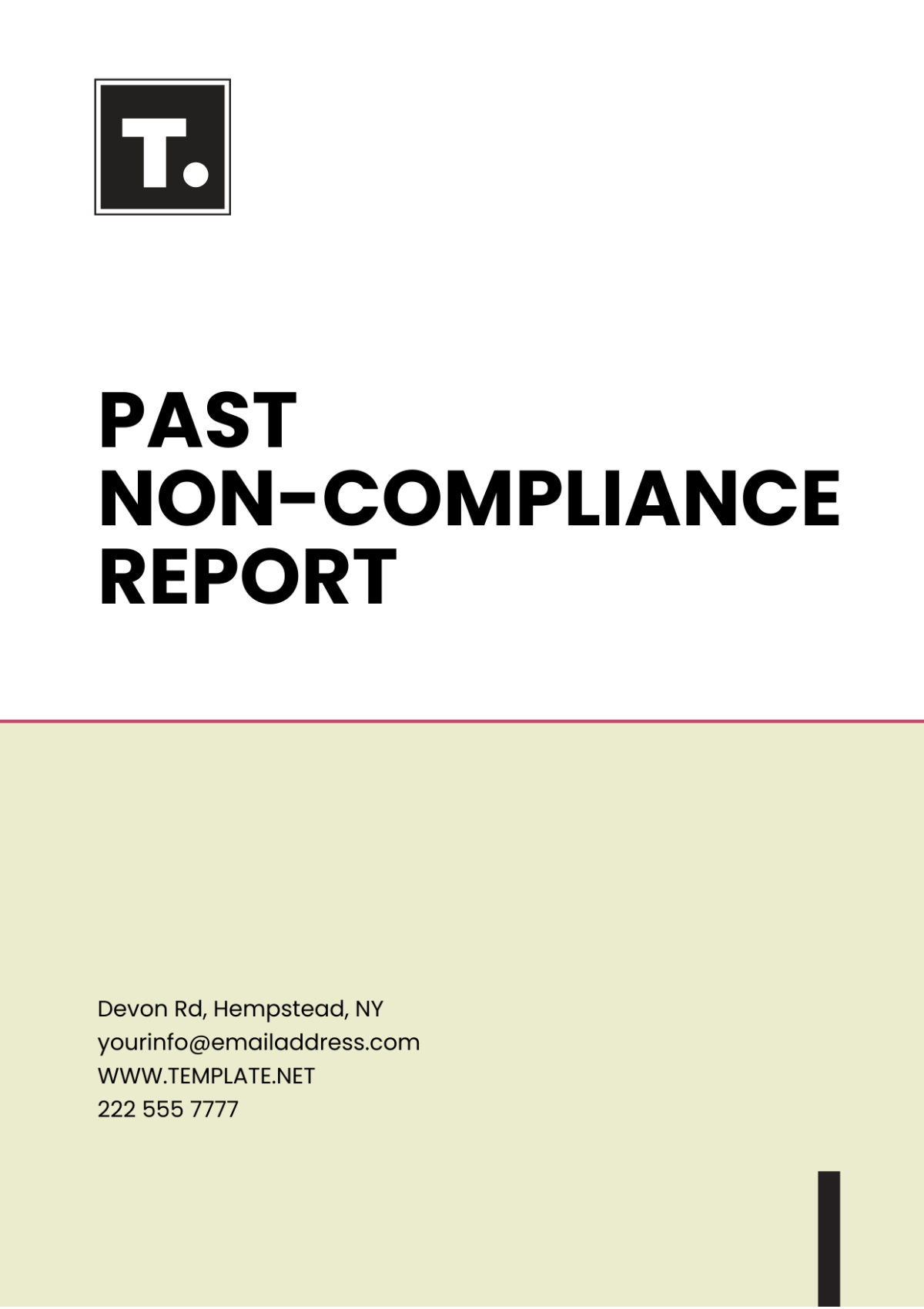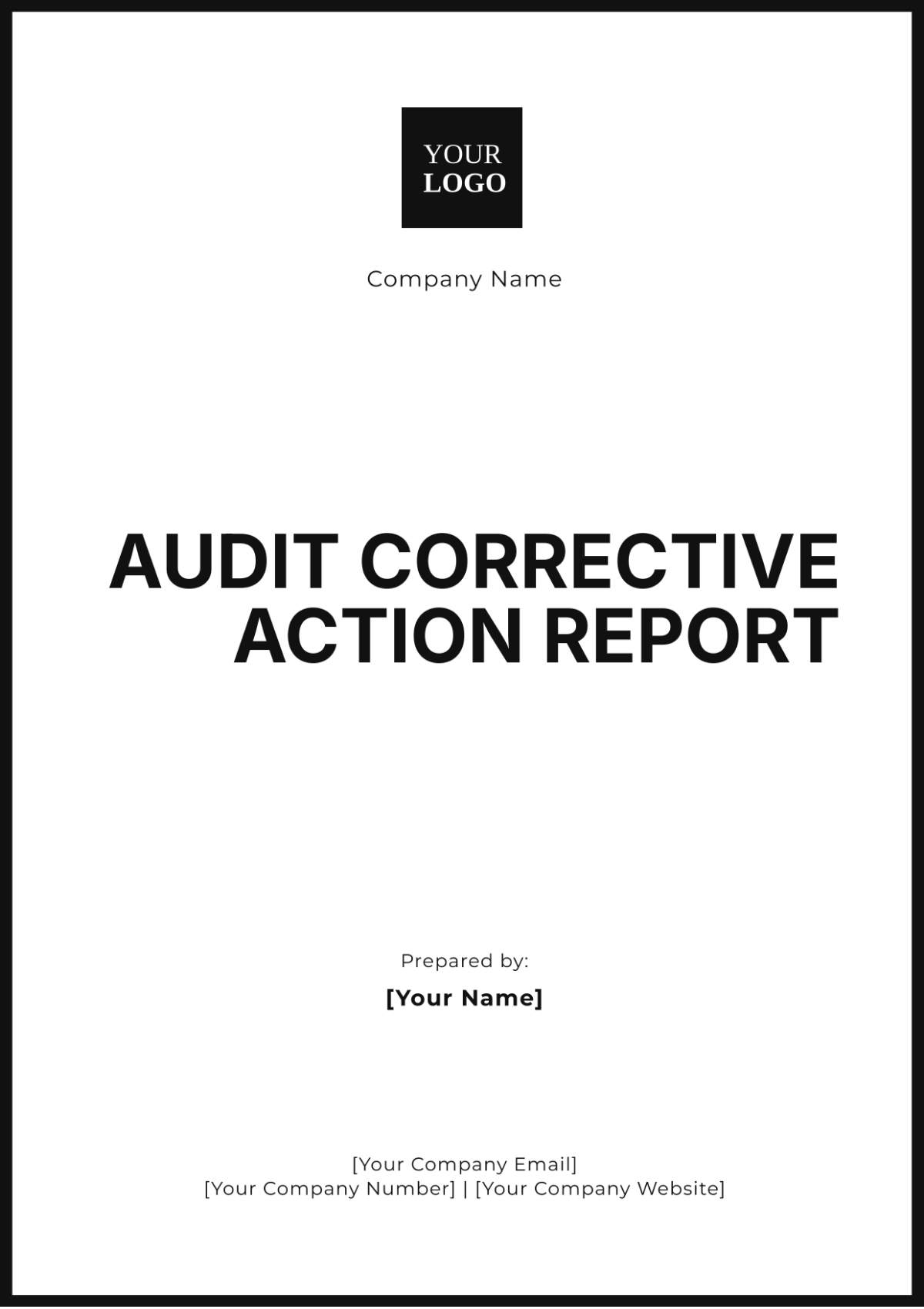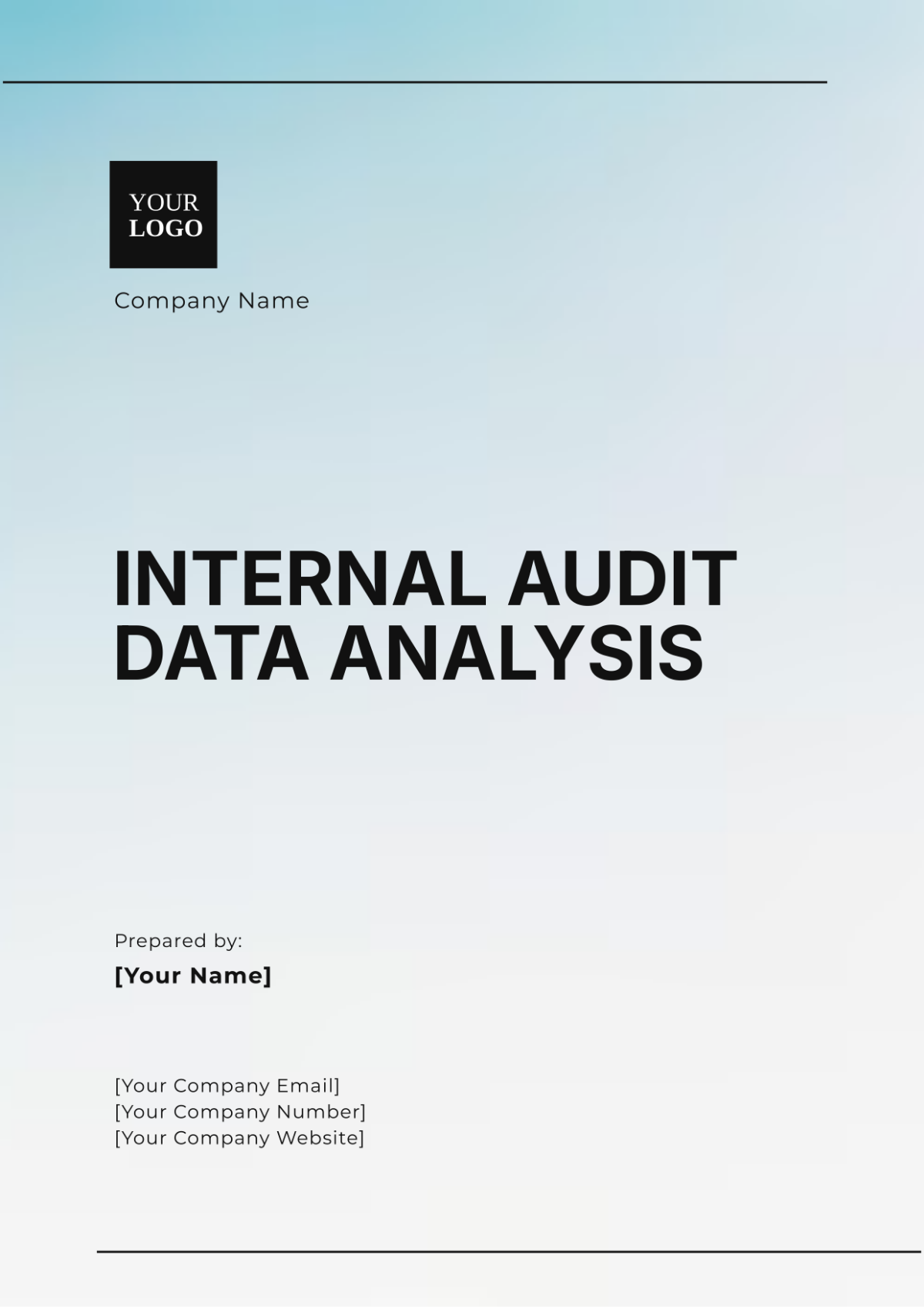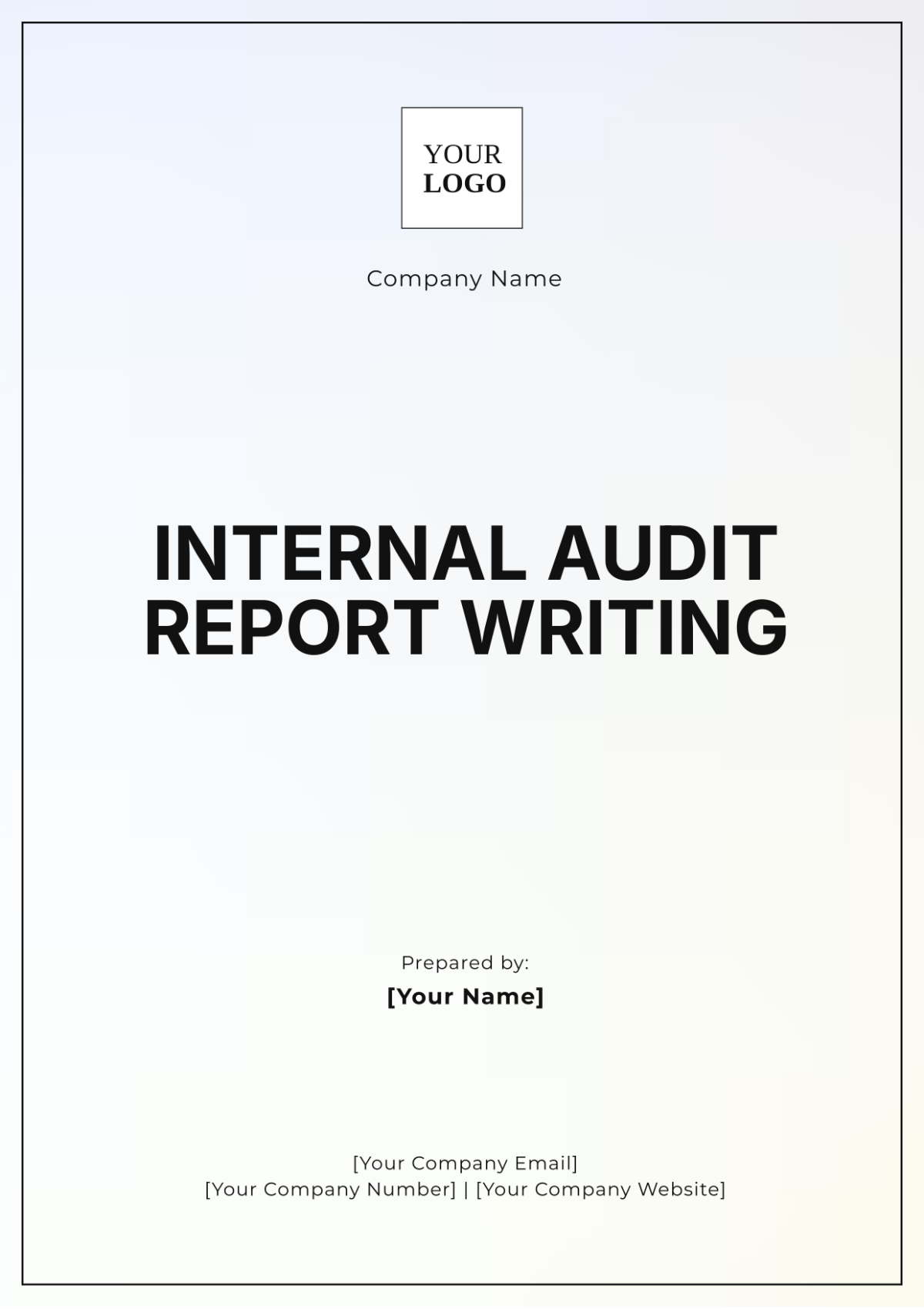ISO Internal Audit Report
Introduction
This internal audit report presents a comprehensive evaluation of the operations at [Your Company Name]. by the requirements of ISO 9001:2055. The audit was conducted on September 10-12, 2050 by the internal audit team, led by John Doe (Lead Auditor) and including team members Jane Smith (Process Auditor) and Michael Lee (Compliance Officer). This audit aims to ensure that the company’s processes adhere to ISO standards, identify areas for improvement, and suggest recommendations to drive continuous improvement.
Audit Objectives
The primary objectives of this audit were to:
Assess compliance: Verify adherence to ISO 9001:2015 standards and local regulatory requirements.
Identify areas for improvement: Highlight specific processes or departments where performance or compliance can be optimized.
Evaluate effectiveness: Determine how well existing processes function and whether they align with the organization’s quality objectives and risk management strategies.
Audit Scope
The audit covered the following departments, processes, and time frames at [Your Company Name]:
Departments: Production, Quality Assurance, Procurement, Inventory Management, and Human Resources.
Processes: Supplier management, raw material procurement, product assembly, quality control testing, and order fulfillment.
Time Period: The audit reviewed activities from March 2050 to August 2050, focusing on process improvements and adjustments made during this period.
Audit Methodology
A multi-faceted approach was used to ensure a thorough evaluation, including:
Document Review: An in-depth review of key documents, including ISO certification documents, standard operating procedures (SOPs), quality manuals, training logs, and previous audit reports.
Interviews: Conducted with key personnel from all departments, including the heads of Production (David Nguyen), Quality Assurance (Emily Brown), and Procurement (Sarah Williams), to gather insights into process implementation and compliance.
Observation: Direct observation of production lines and quality control procedures to assess compliance with SOPs and ISO requirements.
Data Analysis: Analysis of production and quality control metrics, including defect rates, order fulfillment times, and supplier performance metrics.
Audit Findings
The audit identified the following key findings, grouped by compliance and areas for improvement:
Finding | Details | Evidence |
|---|---|---|
Compliance | Production and quality control processes comply with ISO 9001:2015 standards. | Document review, interviews with department heads, and real-time observation of the production line. |
Non-Compliance | Non-compliance was observed in the supplier management process, where timely evaluations were not being consistently conducted. Supplier performance reviews were delayed beyond the required six-month interval. | Document review, supplier audit reports, and interviews with the procurement team. |
Improvement Areas | Opportunities for improvement were identified in inventory management, particularly in the tracking and reordering of raw materials, which resulted in production delays. | Interviews with procurement and inventory staff, and analysis of inventory tracking systems. |
Data Analysis
The audit team analyzed key performance indicators (KPIs) related to the organization’s efficiency and compliance. Below is a summary of the analysis:
Metric | Current Value | Target Value | Remarks |
|---|---|---|---|
Process Efficiency | 82% | 90% | Opportunities for improvement in material handling and production scheduling. Delays were observed due to raw material shortages. |
Error Rate | 4.5% | 2% | The defect rate is higher than the target value, particularly in the final quality inspection stage. Root cause identified as inadequate training in new inspection procedures. |
Compliance Rate | 93% | 100% | Some minor deviations noted in supplier evaluation and document control procedures. |
Key Observations
The following key observations were made during the audit:
Overall Compliance: ABC Manufacturing Ltd. demonstrates a strong adherence to ISO 9001:2015 standards in most areas, especially in production and quality control. However, minor gaps in supplier management and document control need to be addressed.
Non-Compliance: Non-compliance was identified in the supplier management process. Delays in supplier evaluations could affect the reliability of material procurement, posing a risk to production timelines.
Process Efficiency: The company’s process efficiency stands at 82%, with notable delays in production scheduling due to material shortages. Improvements in inventory management could significantly reduce these delays.
Error Management: The current defect rate of 4.5% exceeds the target of 2%. This is largely due to improper application of quality control checks in the final inspection stage.
Recommendations
To address the findings and observations, the following actions are recommended:
Supplier Management Improvements: Immediate corrective actions should be taken to address delays in supplier evaluations. A more robust supplier management system, including automated reminders and escalation procedures, is recommended to ensure timely evaluations.
Inventory Management Optimization: Implement a more proactive inventory management system, including real-time tracking of raw material levels and an automated reordering system to prevent shortages that cause production delays.
Staff Training: Additional training for quality assurance staff is essential to reduce defect rates, particularly on new inspection procedures and error detection techniques. Regular refresher courses should also be considered.
Document Control Enhancement: The current document control procedures should be reviewed and updated to ensure consistency and prevent deviations. Implement an electronic document management system to streamline updates and version control.
Conclusion
The audit of [Your Company Name], reveals that the organization is largely compliant with the ISO 9001:2015 standards, particularly in production and quality control processes. However, areas such as supplier management and inventory control require immediate attention to prevent potential disruptions to the production process. Implementing the recommended corrective actions and process improvements will help maintain compliance and enhance overall operational efficiency.
Acknowledgements
The internal audit team would like to extend its appreciation to the management and staff of [Your Company Name], for their cooperation throughout the audit. Special thanks to the Production, Quality Assurance, and Procurement teams for providing timely insights and support during the audit process.
